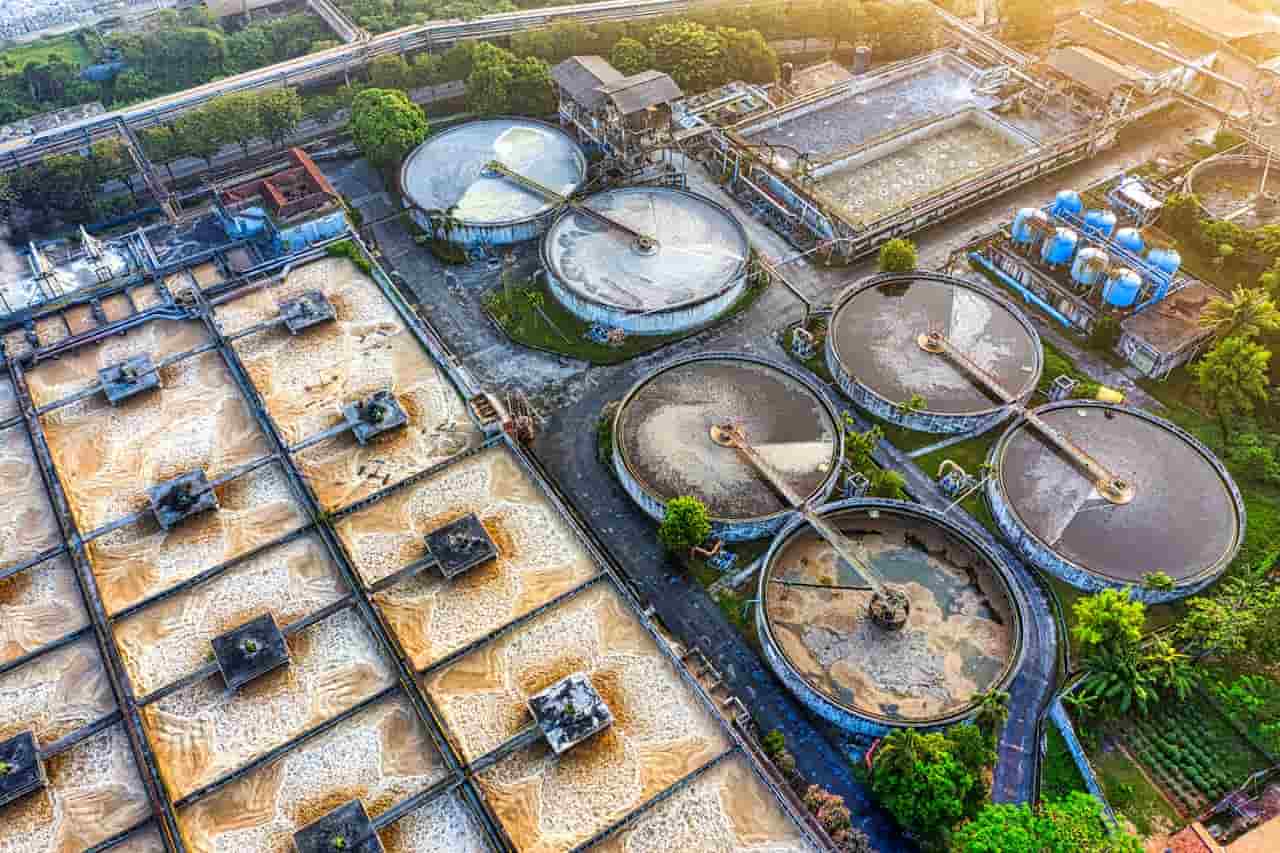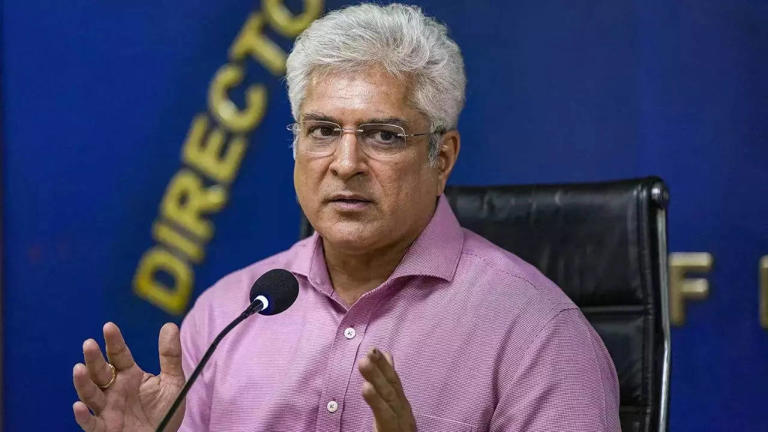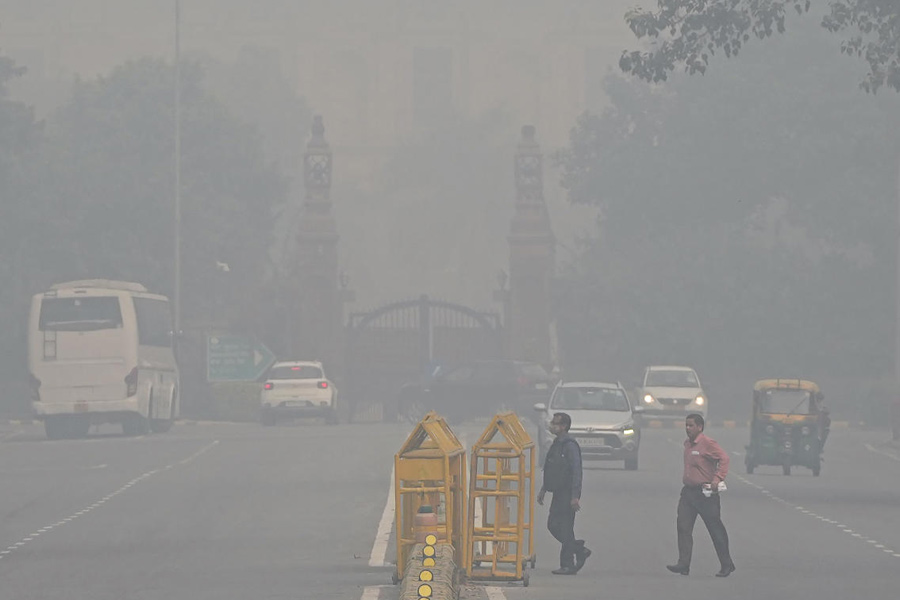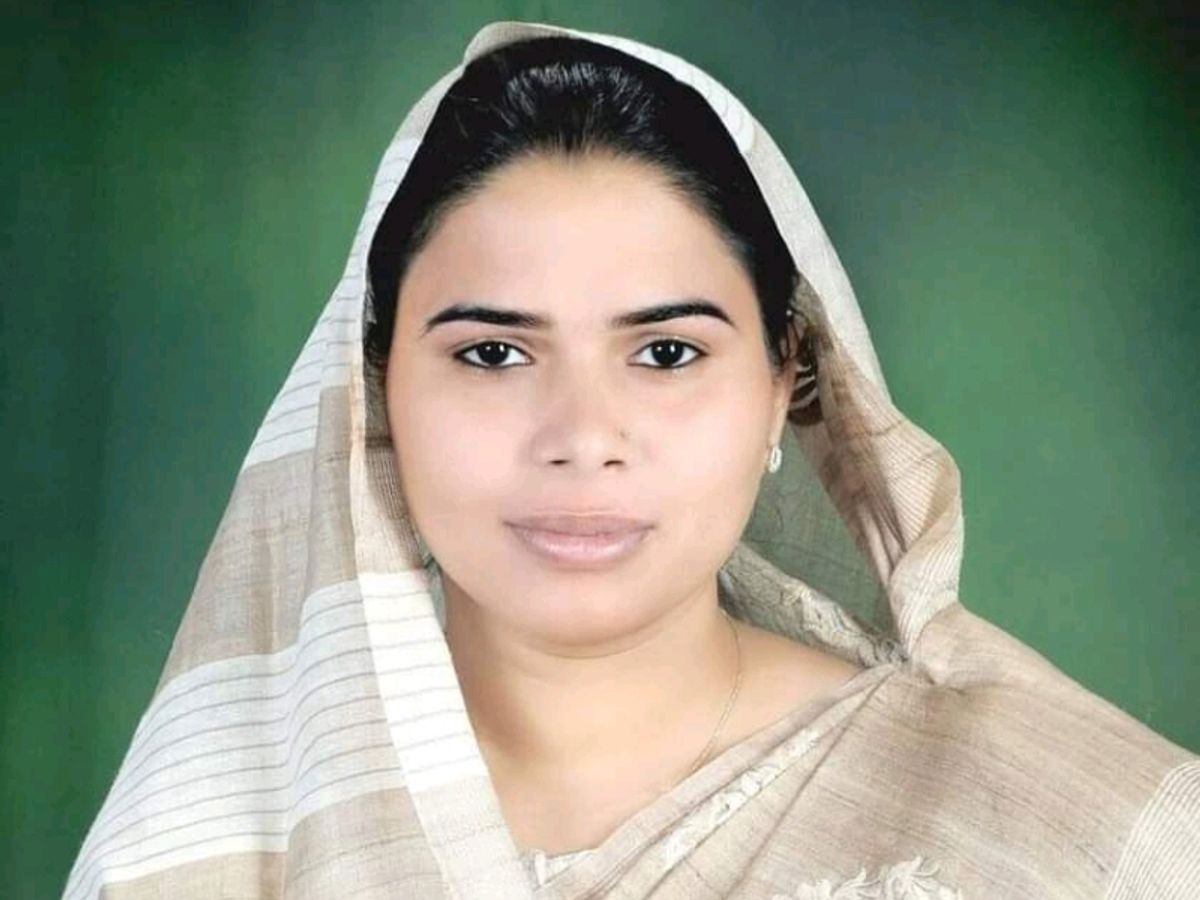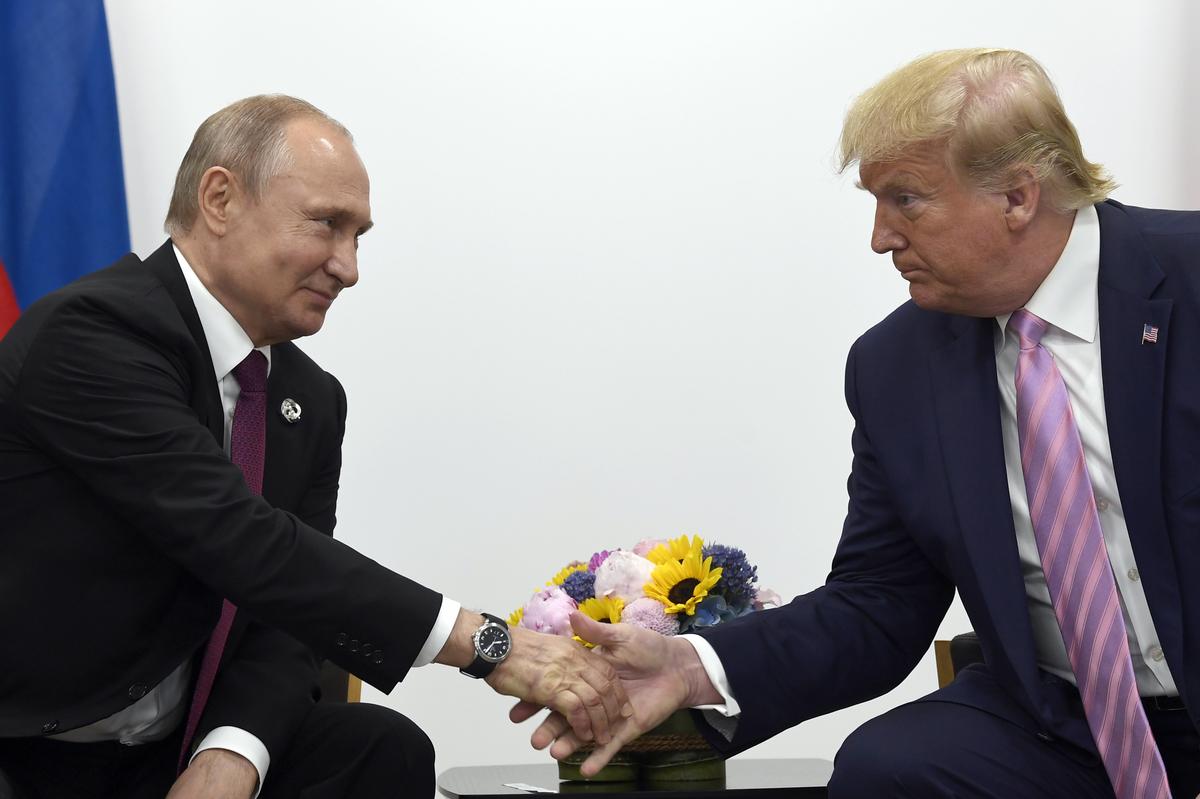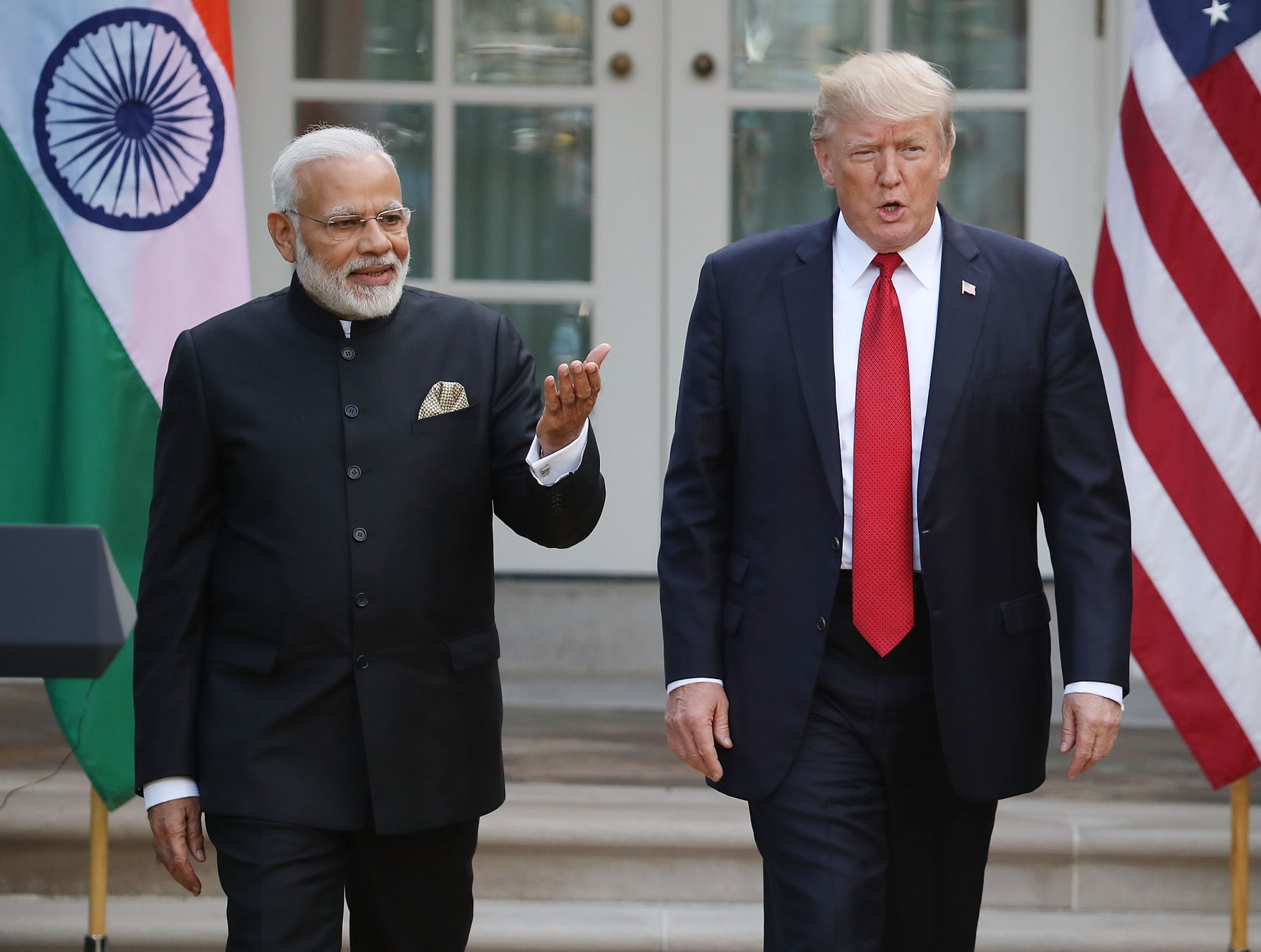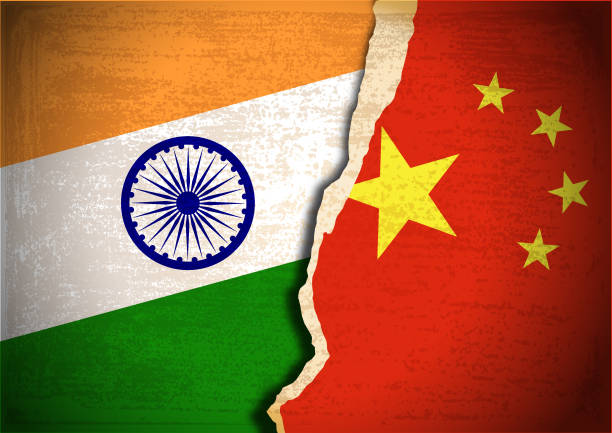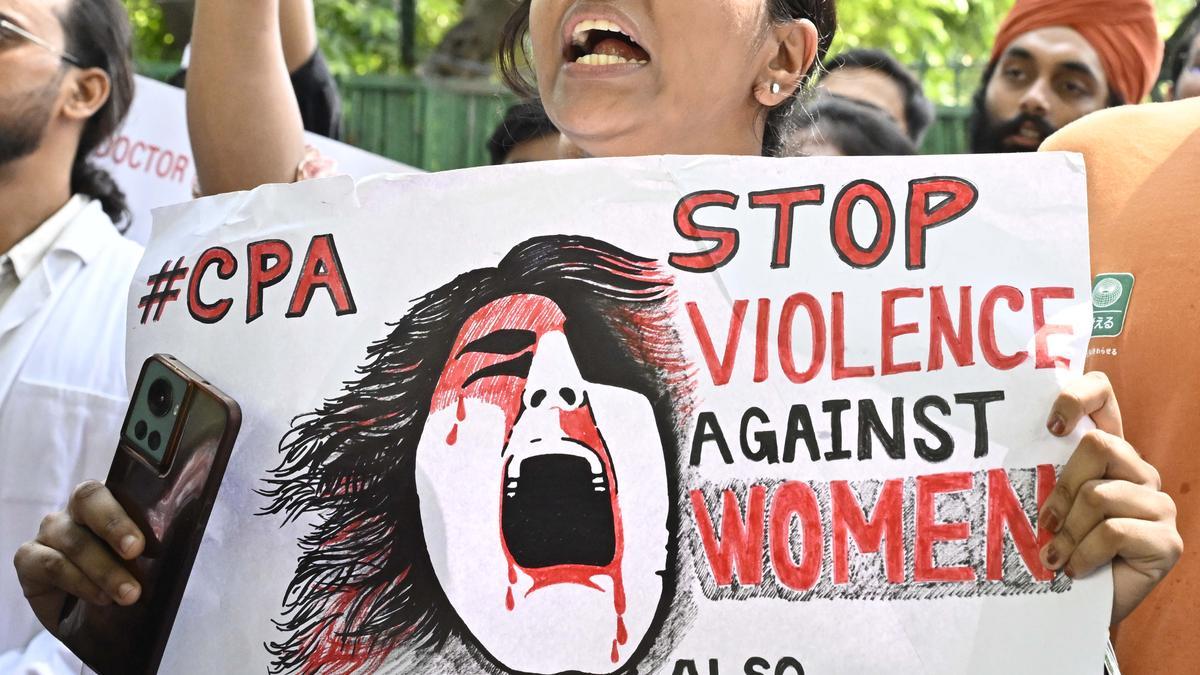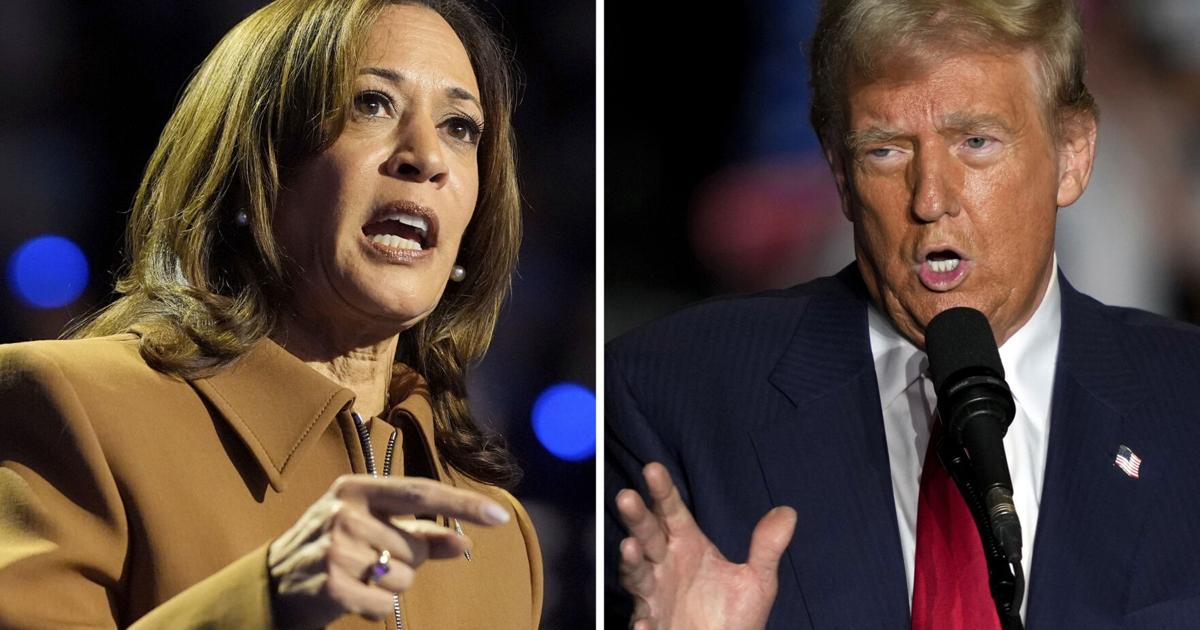Home / meghalaya / Meghalaya's Lyngkhong Village in Fear as Banglades
Meghalaya's Lyngkhong Village in Fear as Banglades
By: My India Times
4 minutes read 136Updated At: 2024-11-09

Lyngkhong, Meghalaya — As political unrest in neighboring Bangladesh continues to grow, villagers in the Meghalaya border town of Lyngkhong are living in constant fear. Located just meters from the International Border, these residents are taking extreme measures, including reinforcing bamboo fences and maintaining overnight vigilance, as tensions escalate over a potential influx of refugees and security threats.
The small village, home to around 90 residents in East Khasi Hills district, is on high alert after the recent overthrow of the Sheikh Hasina government in Bangladesh. With no formal border fence in sight due to land demarcation issues and the complex presence of local habitation within 150 yards of the border pillar, Lyngkhong villagers have been forced to rely on makeshift defenses to protect themselves and their homes.
Bamboo Fences, Sleepless Nights, and Growing Anxiety
During the COVID-19 pandemic, the villagers of Lyngkhong took the initiative to construct a bamboo fence along their border with Bangladesh, hoping it would deter petty crimes, such as smuggling and illegal crossings. However, with the unfolding political crisis in Bangladesh, the fence is now seen as a fragile line of defense in a growing security nightmare.
“The bamboo fence was all we could do, but we know it won't hold up against anything serious. Our lives are at risk,†says 47-year-old community leader, Rajesh Lyngdoh, his voice heavy with concern. “We have been forced to stay up at night, keeping watch. It’s not just about safety; it’s about survival now.â€
With the situation in Bangladesh becoming increasingly unstable, residents of Lyngkhong are worried about a surge in refugees or infiltrators crossing into Meghalaya, which has already witnessed tensions along the porous border. The lack of an official border fence due to complex land issues has only heightened fears that their village will become a gateway for people fleeing the political unrest in Bangladesh.
The Struggle for Border Security in Meghalaya
The Lyngkhong villagers' fears are not unfounded. Meghalaya shares a 443-kilometer border with Bangladesh, much of which remains difficult to monitor due to its rugged terrain and the lack of proper fencing in several areas. Border security has always been a contentious issue for the region, and the absence of an effective barrier makes places like Lyngkhong vulnerable to border-related tensions.
Land demarcation issues further complicate the situation, as the construction of a formal border fence has been stalled. This has left villagers to fend for themselves, relying on temporary solutions to protect their homes. “The government says the border fence will come, but it’s been years, and we are still waiting. What will happen if the situation worsens?†asks Sushila Marbaniang, a local resident, as she tends to her garden near the makeshift fence.
Bangladesh Unrest: A Regional Ripple Effect
The political crisis in Bangladesh has added fuel to the already tense situation in Meghalaya. As unrest over the ousting of Prime Minister Sheikh Hasina's government intensifies, many fear that the border could see an influx of displaced people seeking refuge. Over the years, the porous border has already been a point of contention between the two countries, with illegal migration and cross-border crime continuing to be persistent issues.
“We have no way of knowing who will cross the border. Our community is small, and we can’t handle a large number of people showing up,†says Phora Lyngdoh, a farmer in the village. “We don’t have the resources or the support we need to deal with this.â€
Authorities have been providing limited assistance to these communities, but the situation remains precarious. While the Indian government has strengthened its border security measures, locals fear that the unstable situation in Bangladesh could spill over into Meghalaya, putting them at greater risk.
A Fragile Peace and Community Resilience
Despite the ongoing threats, the residents of Lyngkhong have shown remarkable resilience. They have banded together to protect their village, not just through vigilance, but by supporting each other in their efforts to keep safe. The sense of unity among the villagers has become their strongest asset in the face of mounting uncertainty.
“We may not have much, but we have each other,†says Phora. “We will do whatever it takes to keep our homes safe. The government needs to step up and help us, but until then, we’ll continue to watch over each other.â€
As tensions continue to rise and political instability looms just across the border, Lyngkhong stands as a symbol of the delicate balance between safety and survival. The community’s vigilance and resourcefulness are a testament to their determination to hold on to their way of life amidst the growing uncertainty.
A Call for Action
With each passing day, the villagers' fear becomes more palpable, and their plea for help grows louder. While the government has promised to bolster border security, villagers like Rajesh Lyngdoh are still waiting for real action. “We need a proper fence, a permanent solution. We need security, not promises,†he says.
The situation in Lyngkhong is a stark reminder of the fragility of border security in India’s northeastern states, where geographical challenges and political unrest on both sides of the border have compounded the vulnerabilities of local populations. As the villagers continue their nightly vigil, the question remains: will their voices be heard before it's too late?
For now, the bamboo fence stands—an uneasy barrier against an uncertain future.
....Lyngkhong, Meghalaya — As political unrest in neighboring Bangladesh continues to grow, villagers in the Meghalaya border town of Lyngkhong are living in constant fear. Located just meters from the International Border, these residents are taking extreme measures, including reinforcing bamboo fences and maintaining overnight vigilance, as tensions escalate over a potential influx of refugees and security threats.
The small village, home to around 90 residents in East Khasi Hills district, is on high alert after the recent overthrow of the Sheikh Hasina government in Bangladesh. With no formal border fence in sight due to land demarcation issues and the complex presence of local habitation within 150 yards of the border pillar, Lyngkhong villagers have been forced to rely on makeshift defenses to protect themselves and their homes.
Bamboo Fences, Sleepless Nights, and Growing Anxiety
During the COVID-19 pandemic, the villagers of Lyngkhong took the initiative to construct a bamboo fence along their border with Bangladesh, hoping it would deter petty crimes, such as smuggling and illegal crossings. However, with the unfolding political crisis in Bangladesh, the fence is now seen as a fragile line of defense in a growing security nightmare.
“The bamboo fence was all we could do, but we know it won't hold up against anything serious. Our lives are at risk,†says 47-year-old community leader, Rajesh Lyngdoh, his voice heavy with concern. “We have been forced to stay up at night, keeping watch. It’s not just about safety; it’s about survival now.â€
With the situation in Bangladesh becoming increasingly unstable, residents of Lyngkhong are worried about a surge in refugees or infiltrators crossing into Meghalaya, which has already witnessed tensions along the porous border. The lack of an official border fence due to complex land issues has only heightened fears that their village will become a gateway for people fleeing the political unrest in Bangladesh.
The Struggle for Border Security in Meghalaya
The Lyngkhong villagers' fears are not unfounded. Meghalaya shares a 443-kilometer border with Bangladesh, much of which remains difficult to monitor due to its rugged terrain and the lack of proper fencing in several areas. Border security has always been a contentious issue for the region, and the absence of an effective barrier makes places like Lyngkhong vulnerable to border-related tensions.
Land demarcation issues further complicate the situation, as the construction of a formal border fence has been stalled. This has left villagers to fend for themselves, relying on temporary solutions to protect their homes. “The government says the border fence will come, but it’s been years, and we are still waiting. What will happen if the situation worsens?†asks Sushila Marbaniang, a local resident, as she tends to her garden near the makeshift fence.
Bangladesh Unrest: A Regional Ripple Effect
The political crisis in Bangladesh has added fuel to the already tense situation in Meghalaya. As unrest over the ousting of Prime Minister Sheikh Hasina's government intensifies, many fear that the border could see an influx of displaced people seeking refuge. Over the years, the porous border has already been a point of contention between the two countries, with illegal migration and cross-border crime continuing to be persistent issues.
“We have no way of knowing who will cross the border. Our community is small, and we can’t handle a large number of people showing up,†says Phora Lyngdoh, a farmer in the village. “We don’t have the resources or the support we need to deal with this.â€
Authorities have been providing limited assistance to these communities, but the situation remains precarious. While the Indian government has strengthened its border security measures, locals fear that the unstable situation in Bangladesh could spill over into Meghalaya, putting them at greater risk.
A Fragile Peace and Community Resilience
Despite the ongoing threats, the residents of Lyngkhong have shown remarkable resilience. They have banded together to protect their village, not just through vigilance, but by supporting each other in their efforts to keep safe. The sense of unity among the villagers has become their strongest asset in the face of mounting uncertainty.
“We may not have much, but we have each other,†says Phora. “We will do whatever it takes to keep our homes safe. The government needs to step up and help us, but until then, we’ll continue to watch over each other.â€
As tensions continue to rise and political instability looms just across the border, Lyngkhong stands as a symbol of the delicate balance between safety and survival. The community’s vigilance and resourcefulness are a testament to their determination to hold on to their way of life amidst the growing uncertainty.
A Call for Action
With each passing day, the villagers' fear becomes more palpable, and their plea for help grows louder. While the government has promised to bolster border security, villagers like Rajesh Lyngdoh are still waiting for real action. “We need a proper fence, a permanent solution. We need security, not promises,†he says.
The situation in Lyngkhong is a stark reminder of the fragility of border security in India’s northeastern states, where geographical challenges and political unrest on both sides of the border have compounded the vulnerabilities of local populations. As the villagers continue their nightly vigil, the question remains: will their voices be heard before it's too late?
For now, the bamboo fence stands—an uneasy barrier against an uncertain future.
By: My India Times
Updated At: 2024-11-09
Tags: meghalaya News | My India Times News | Trending News | Travel News
Join our WhatsApp Channel









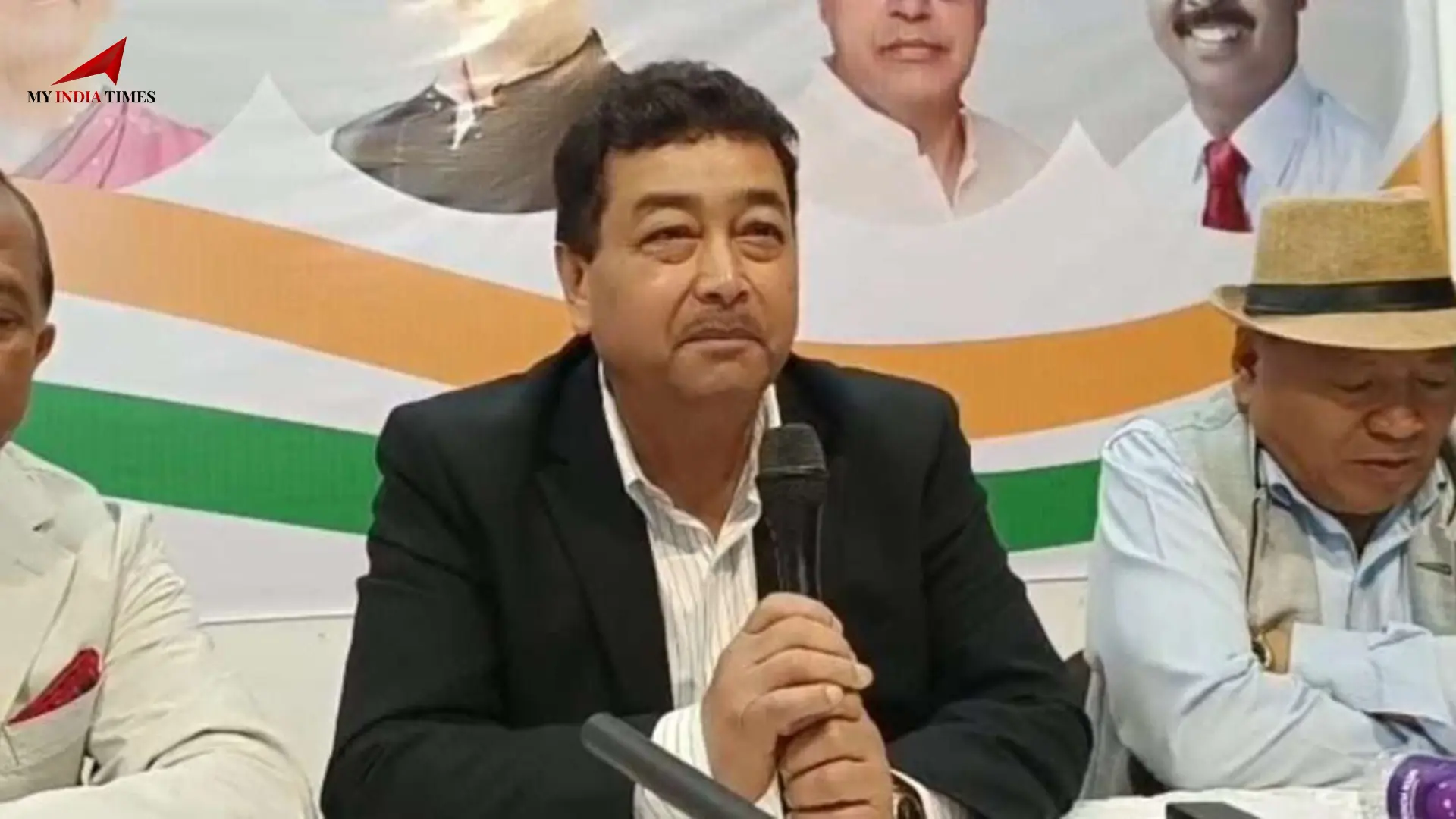
.jfif)
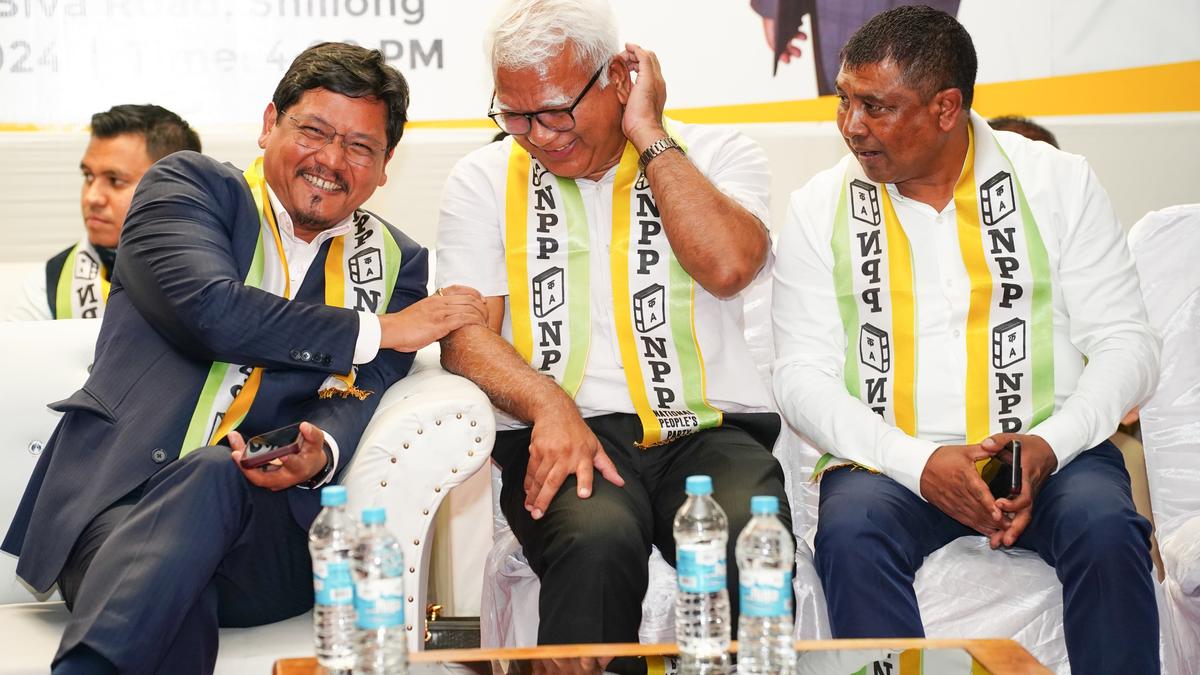
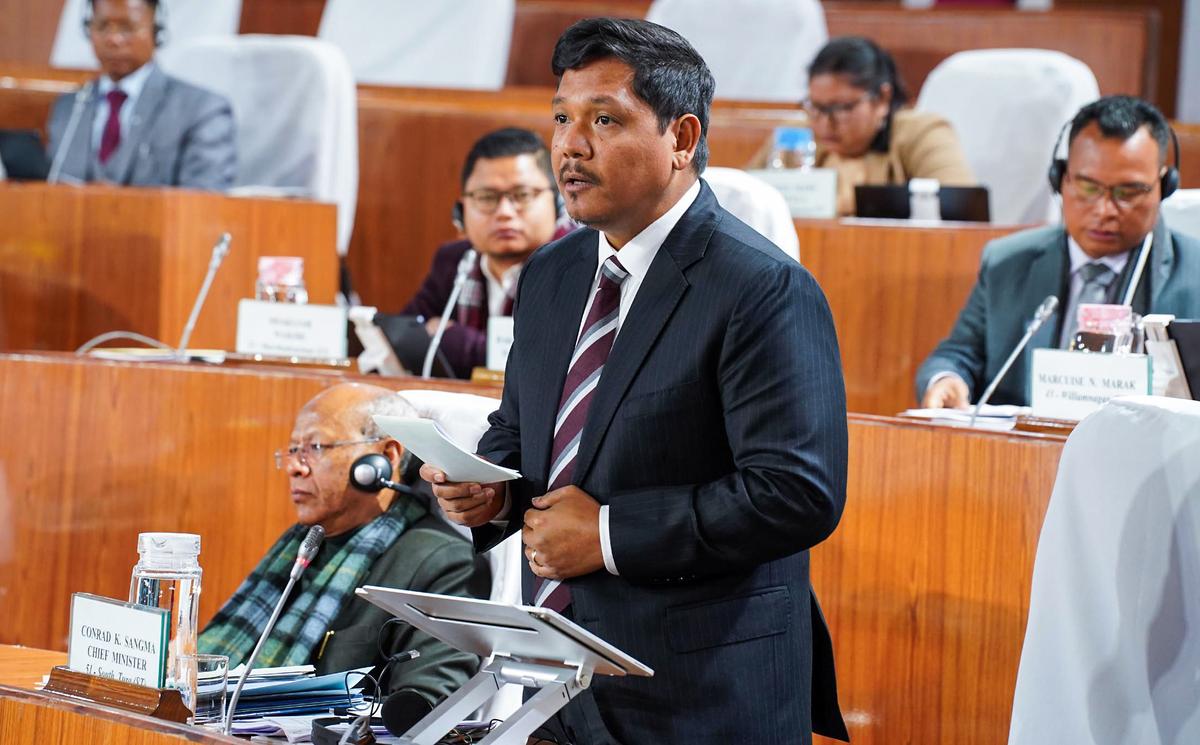
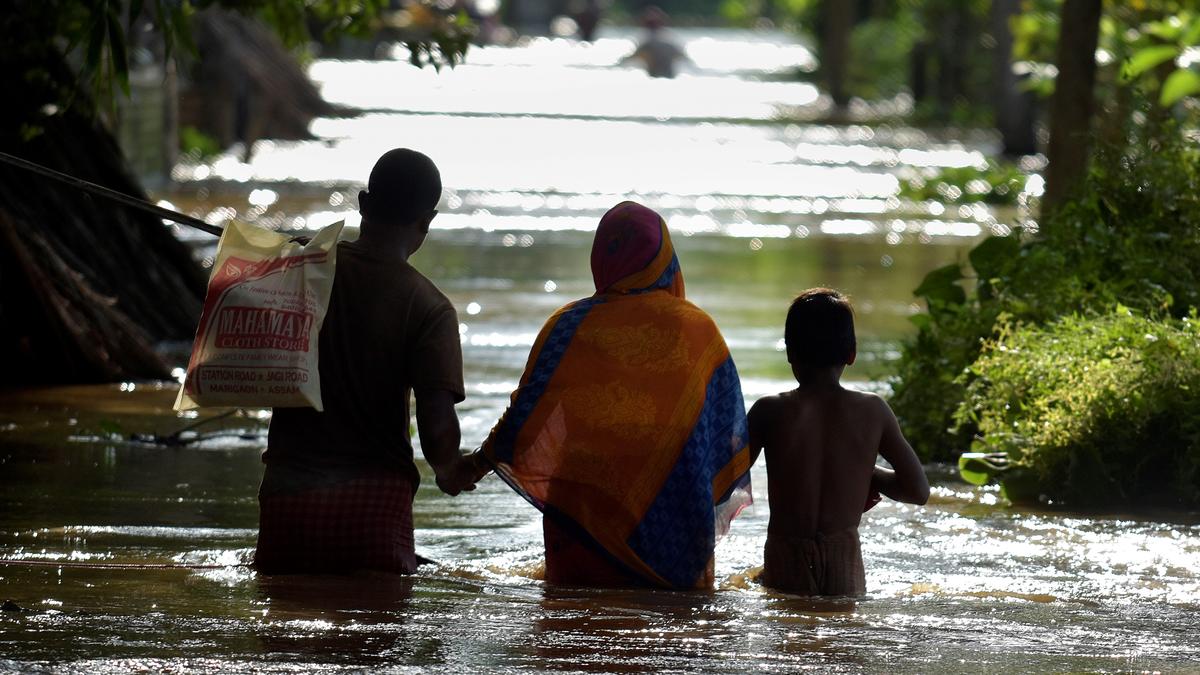
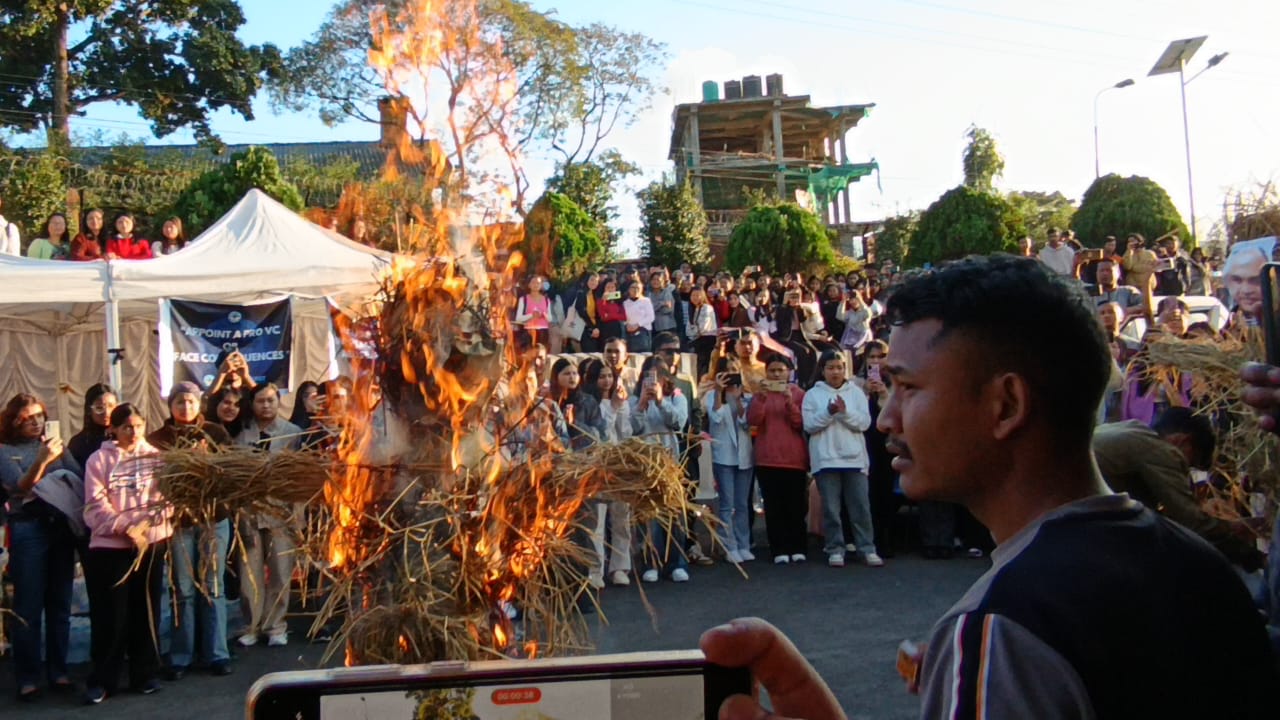
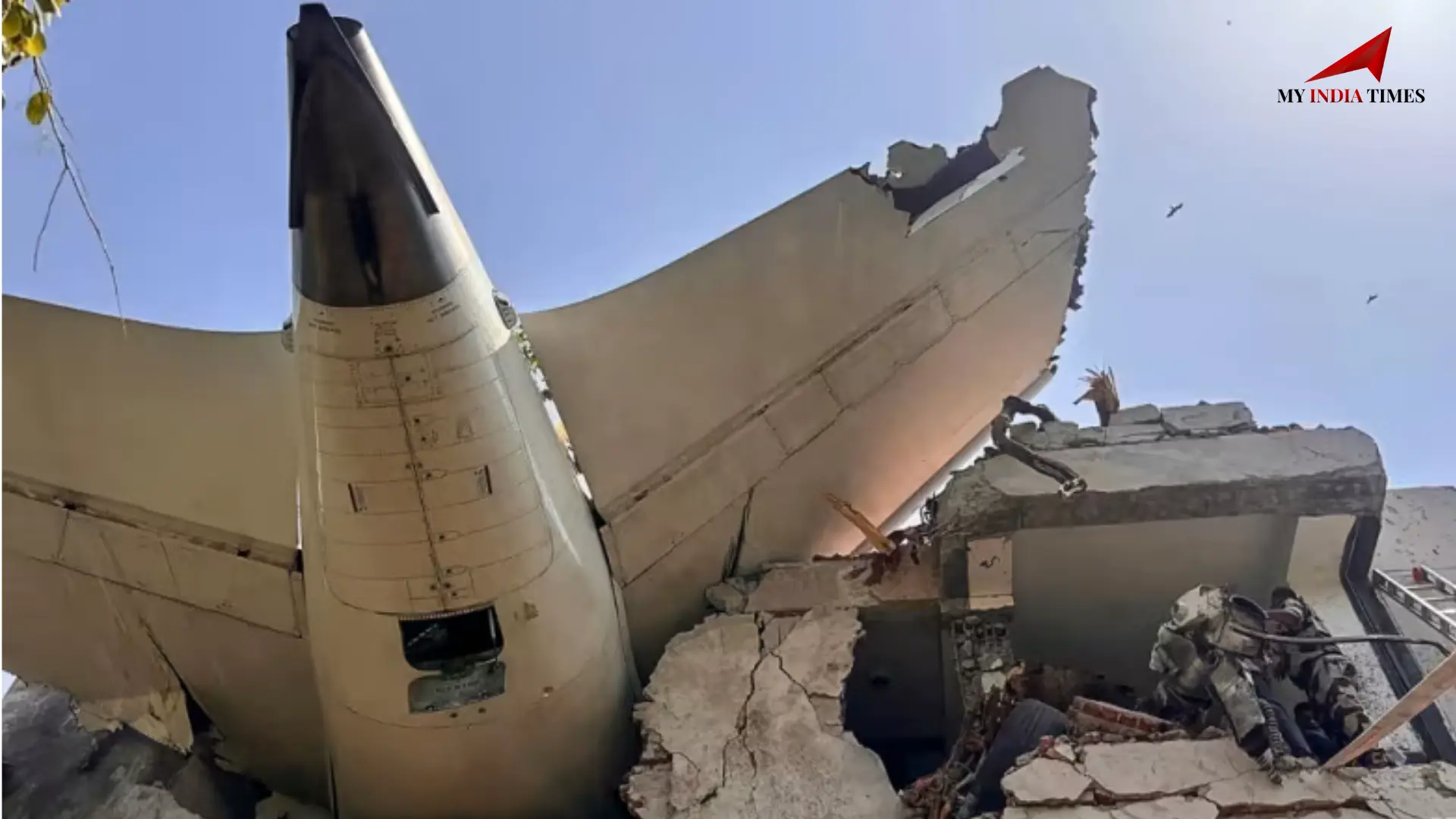




















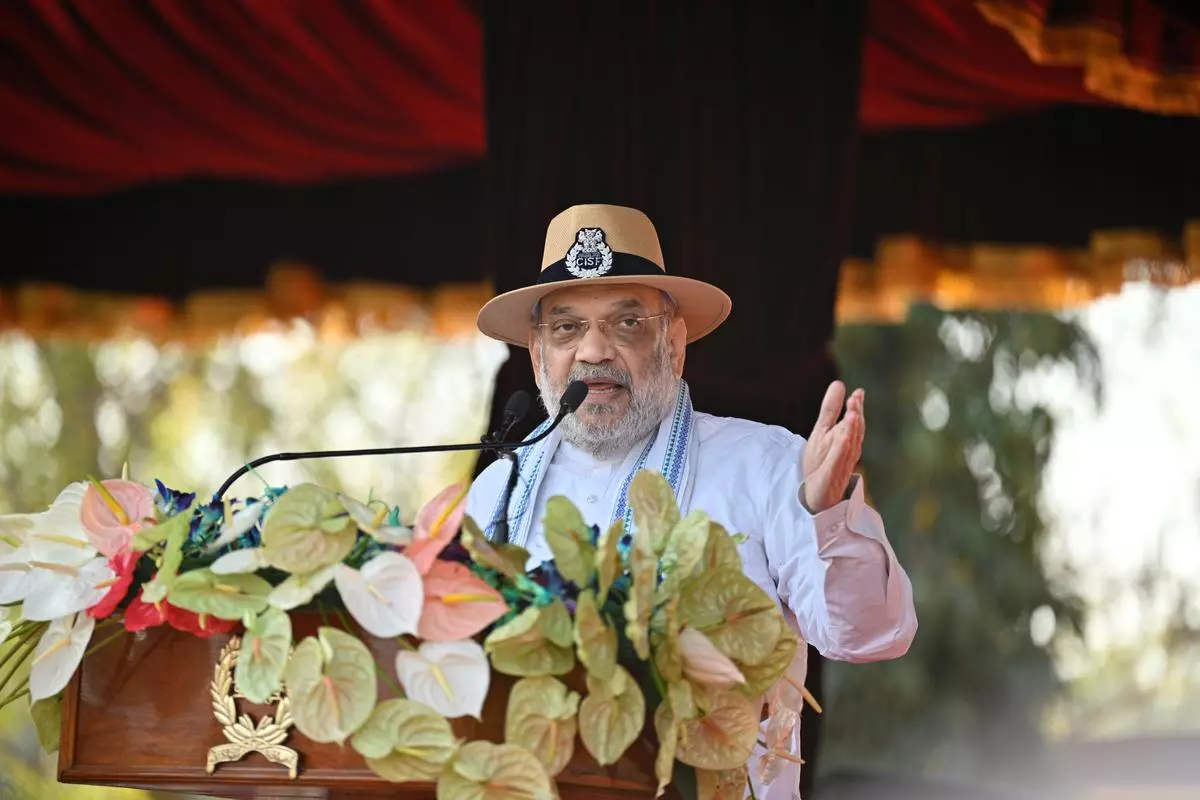










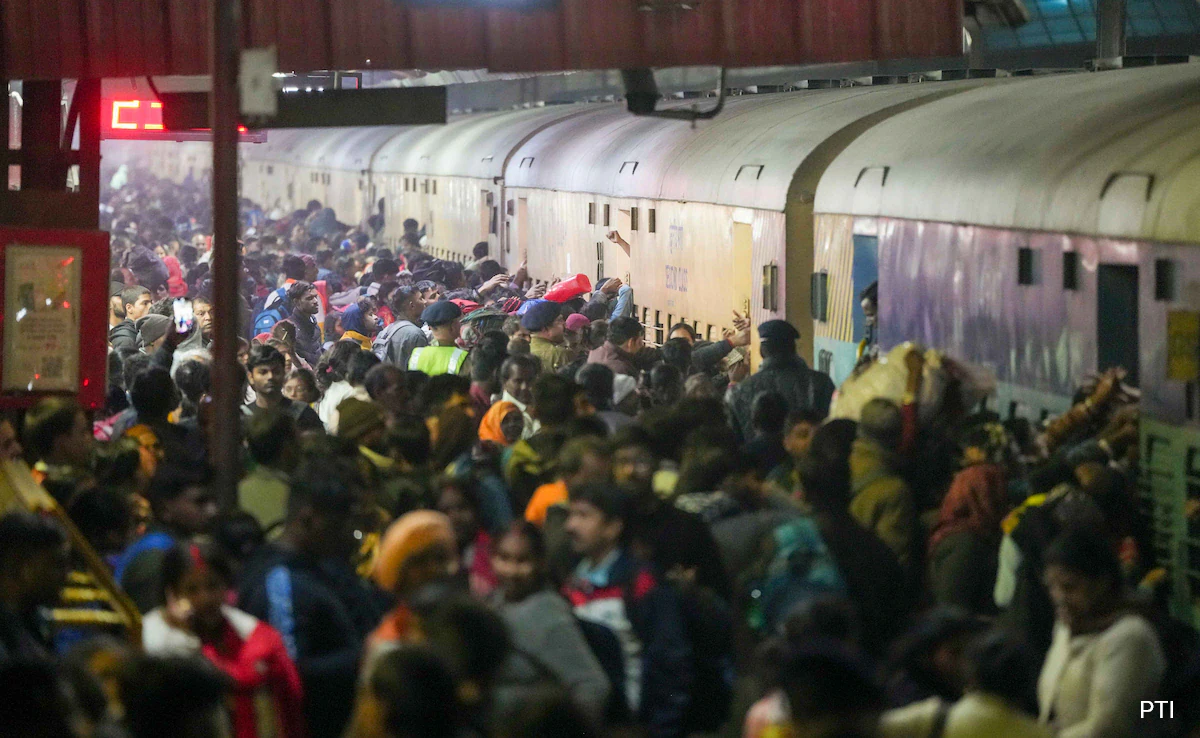
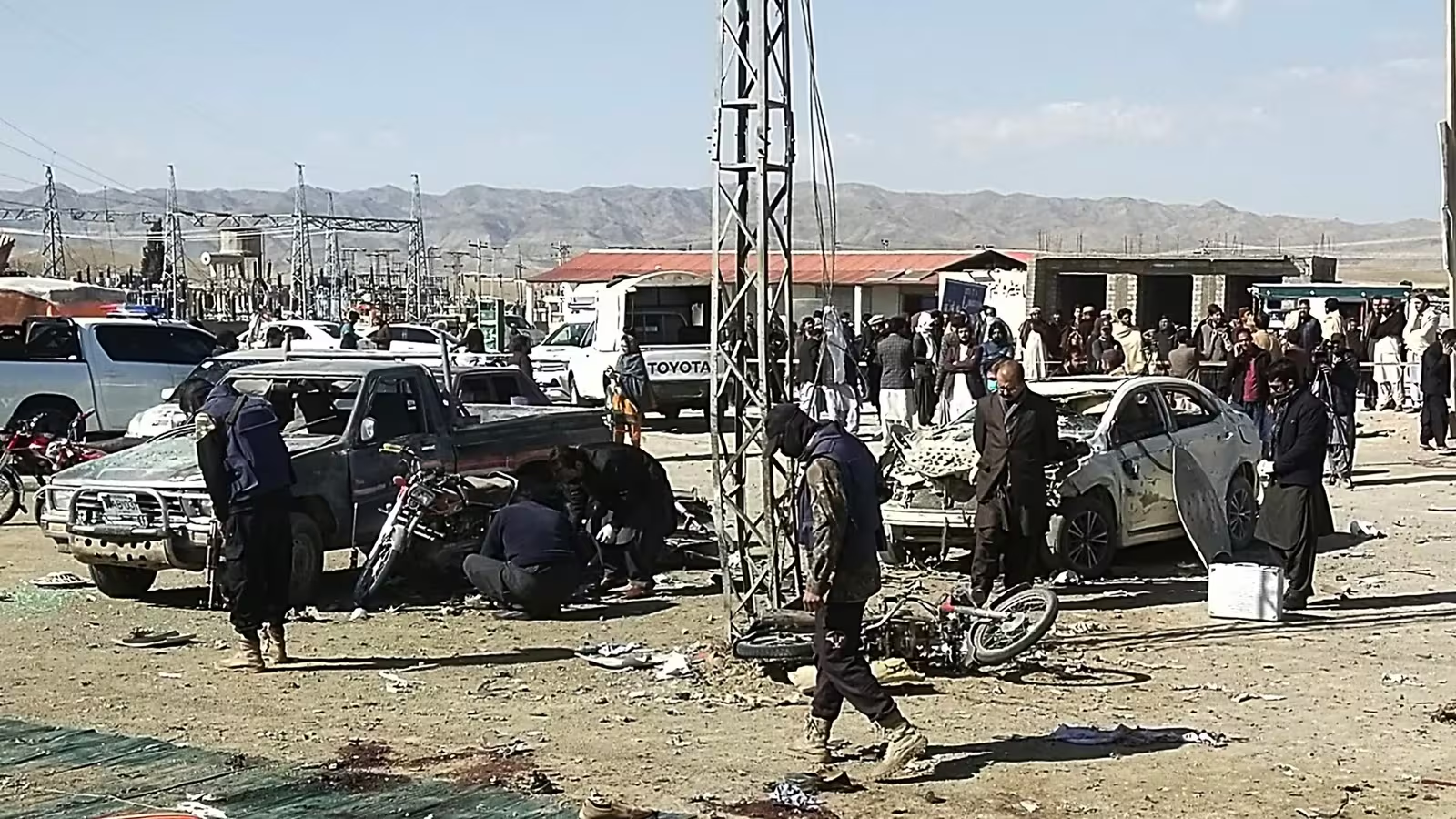
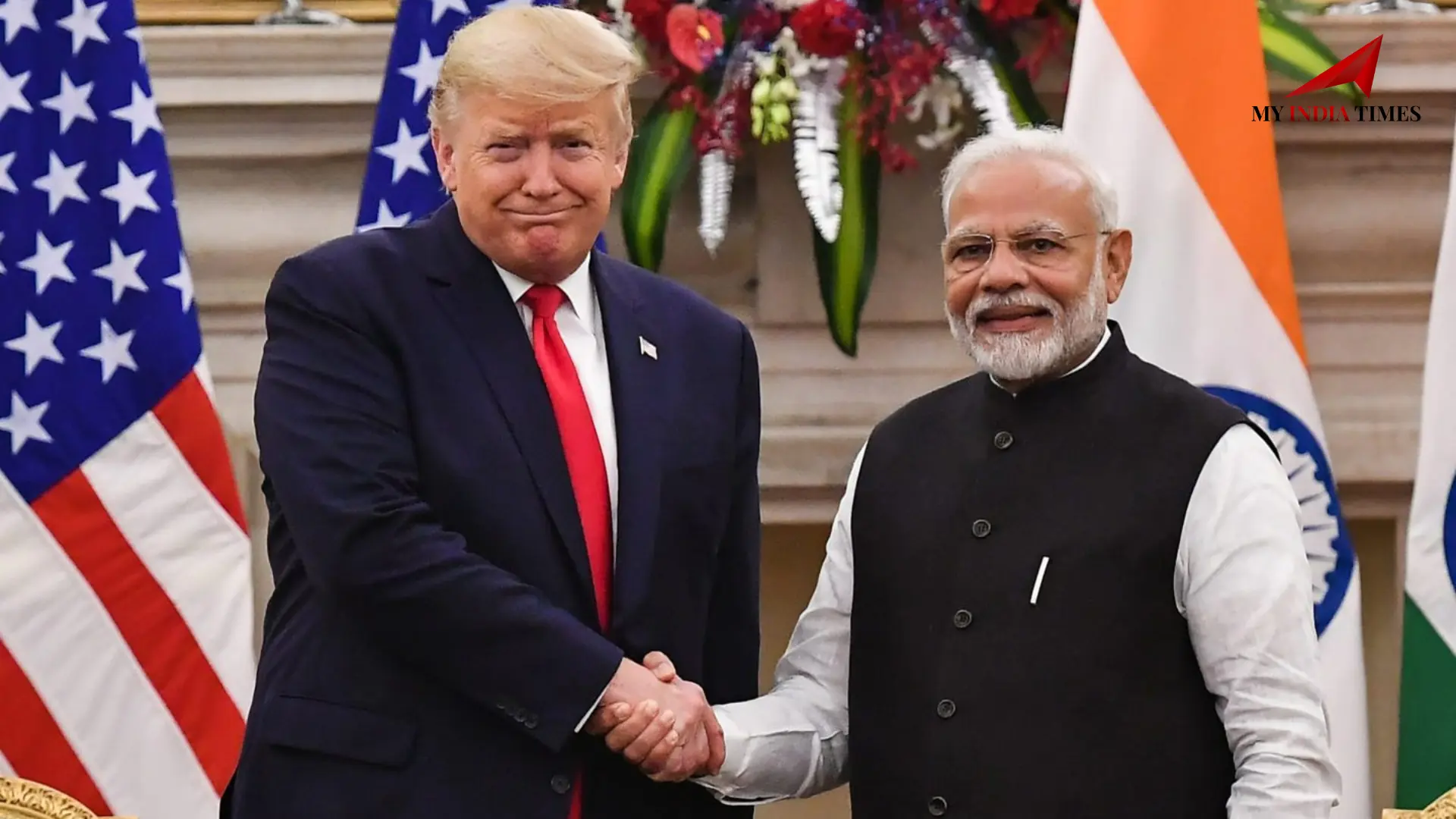
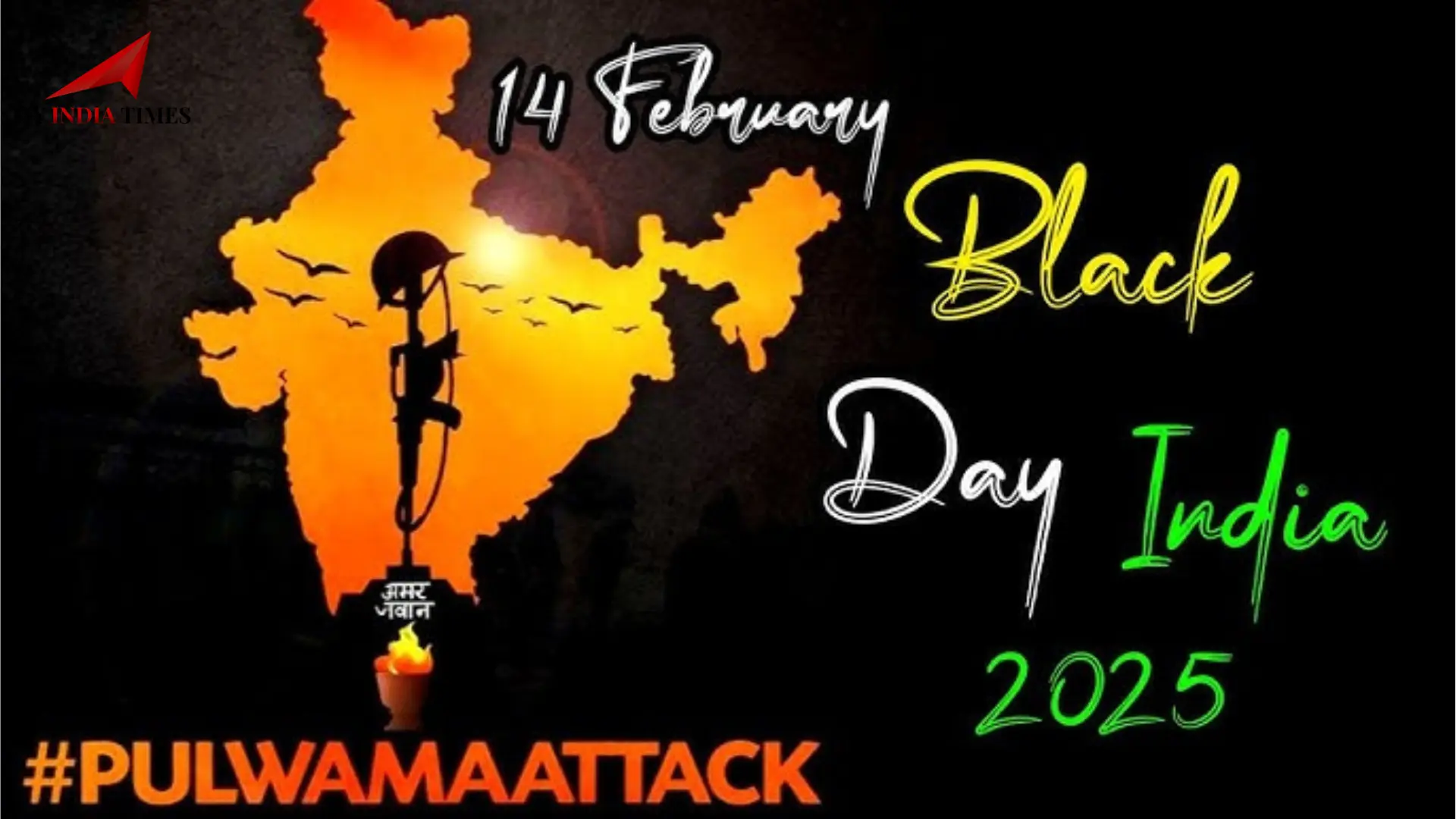

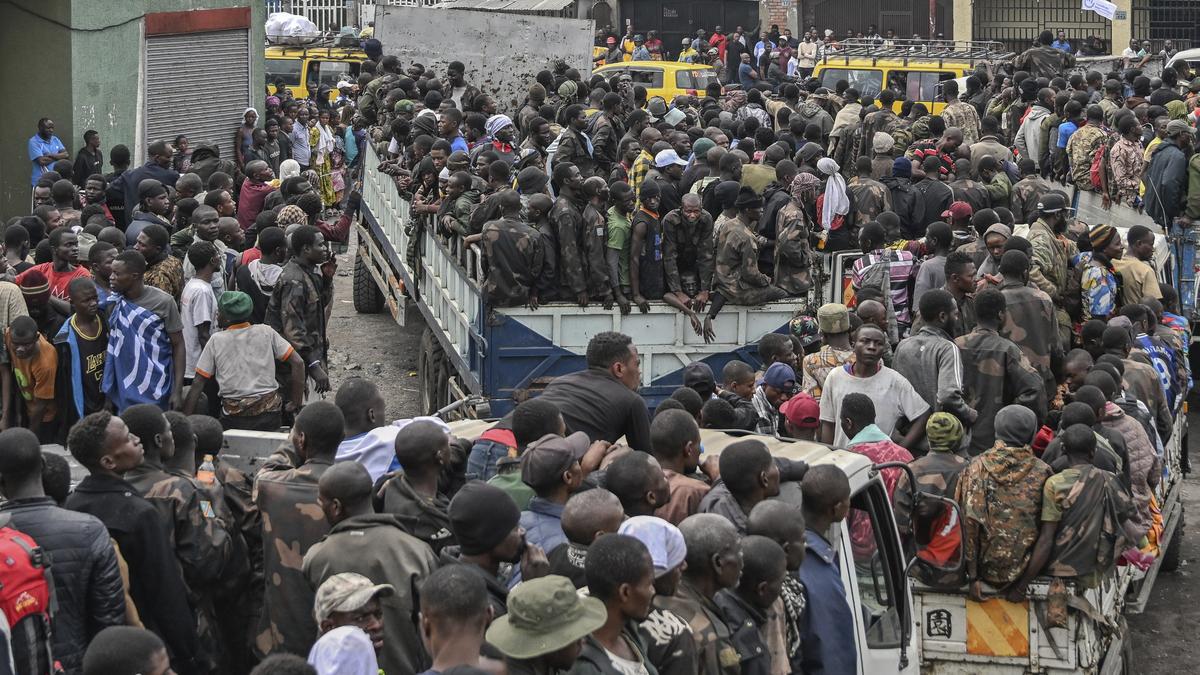
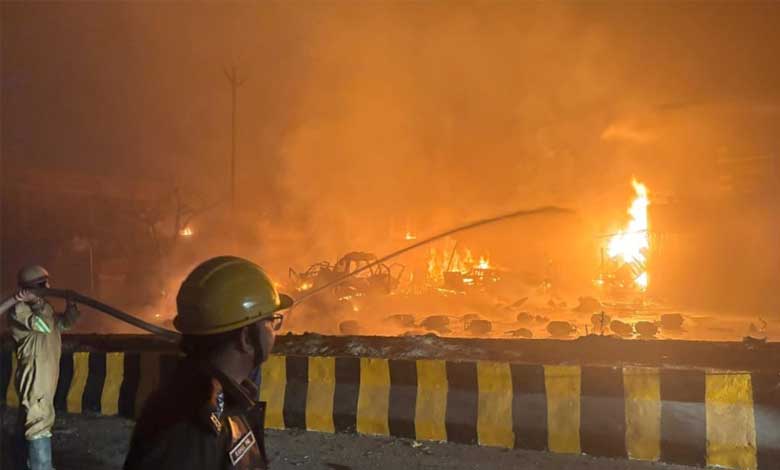








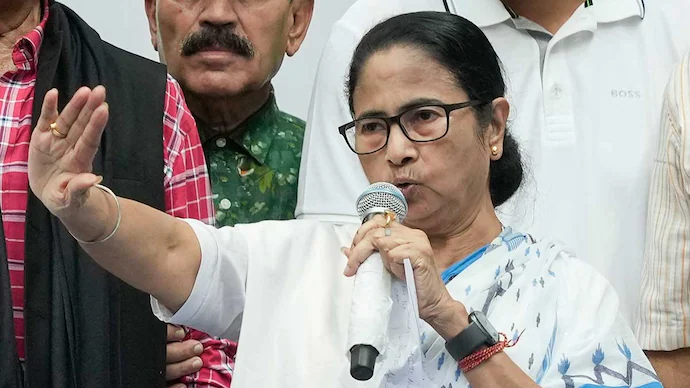


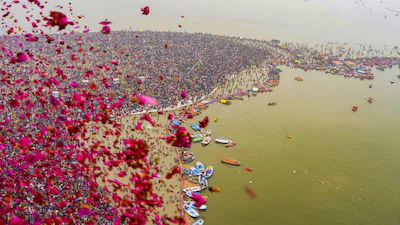
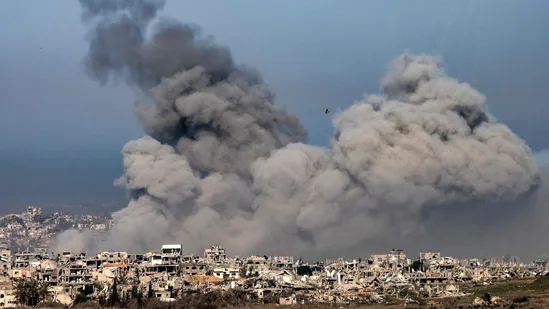
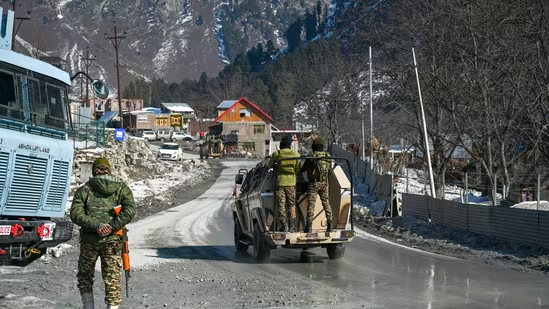

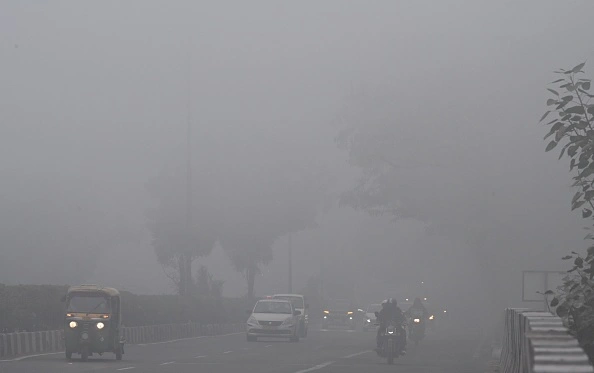

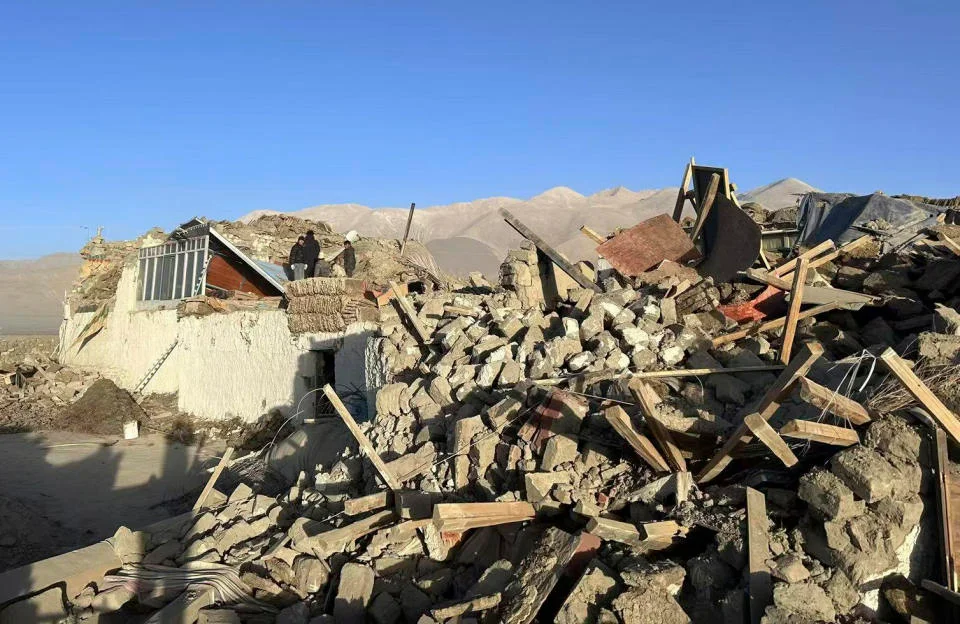



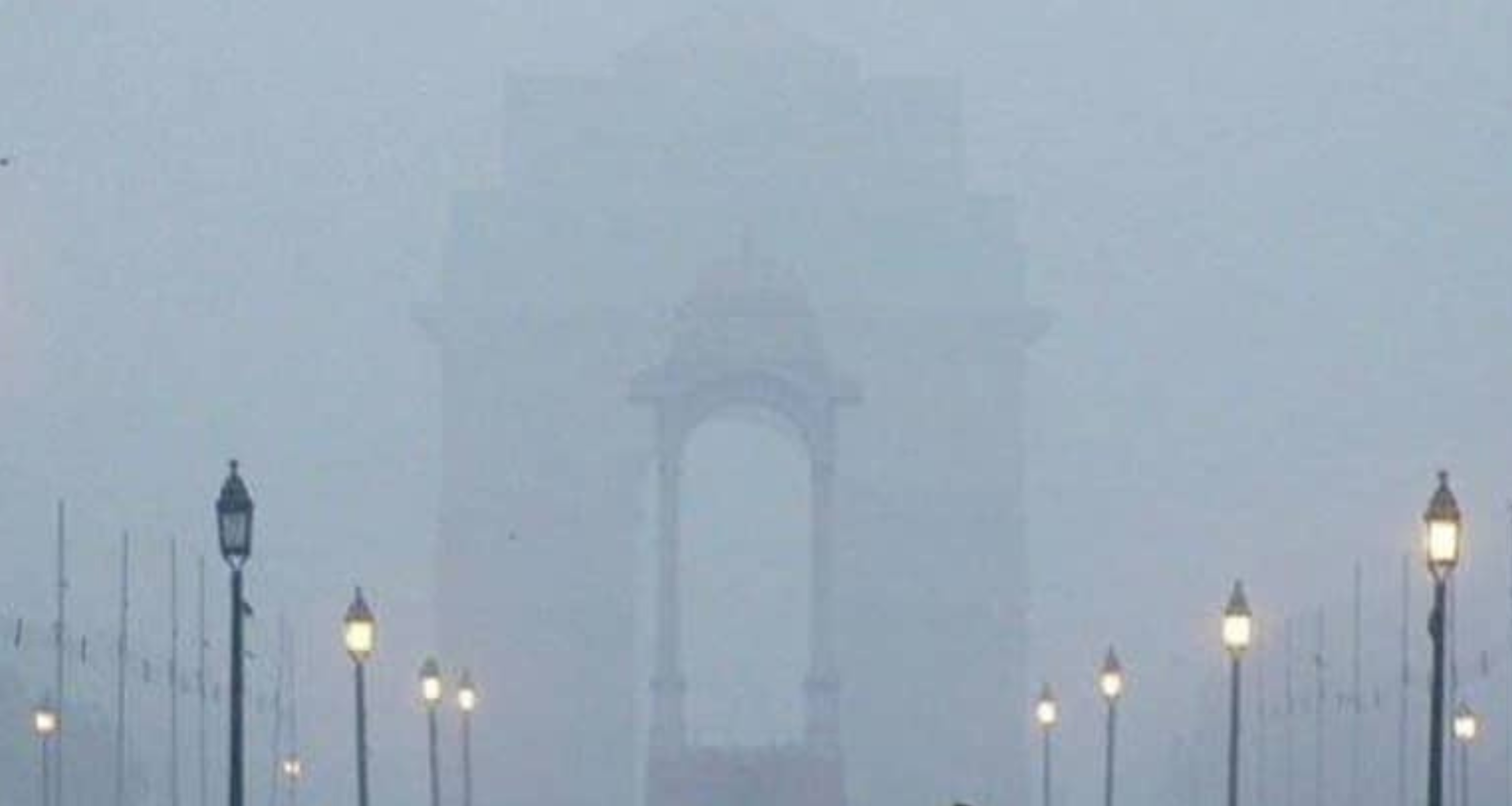




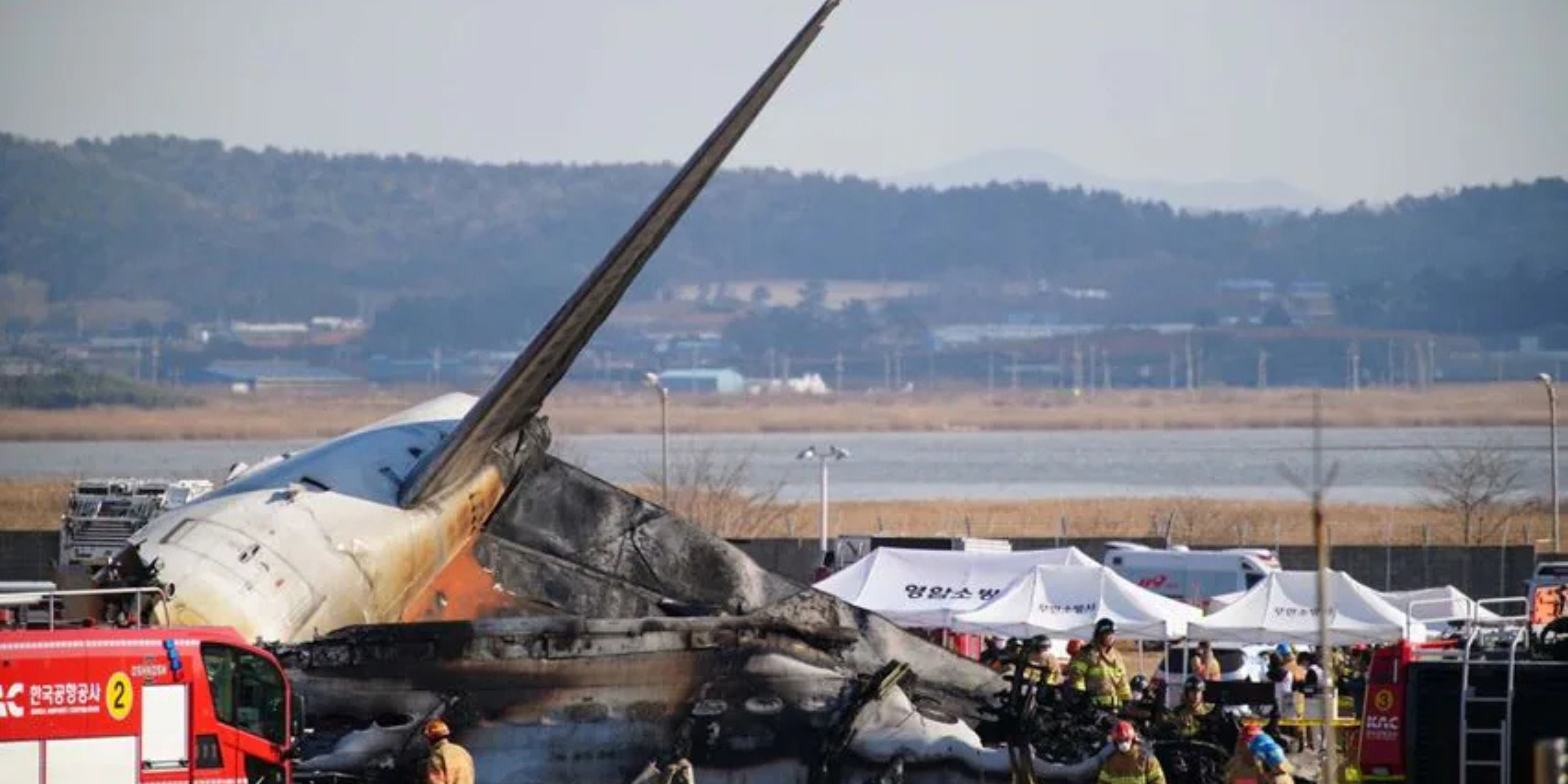
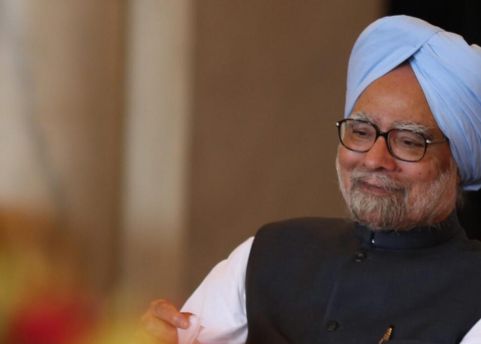




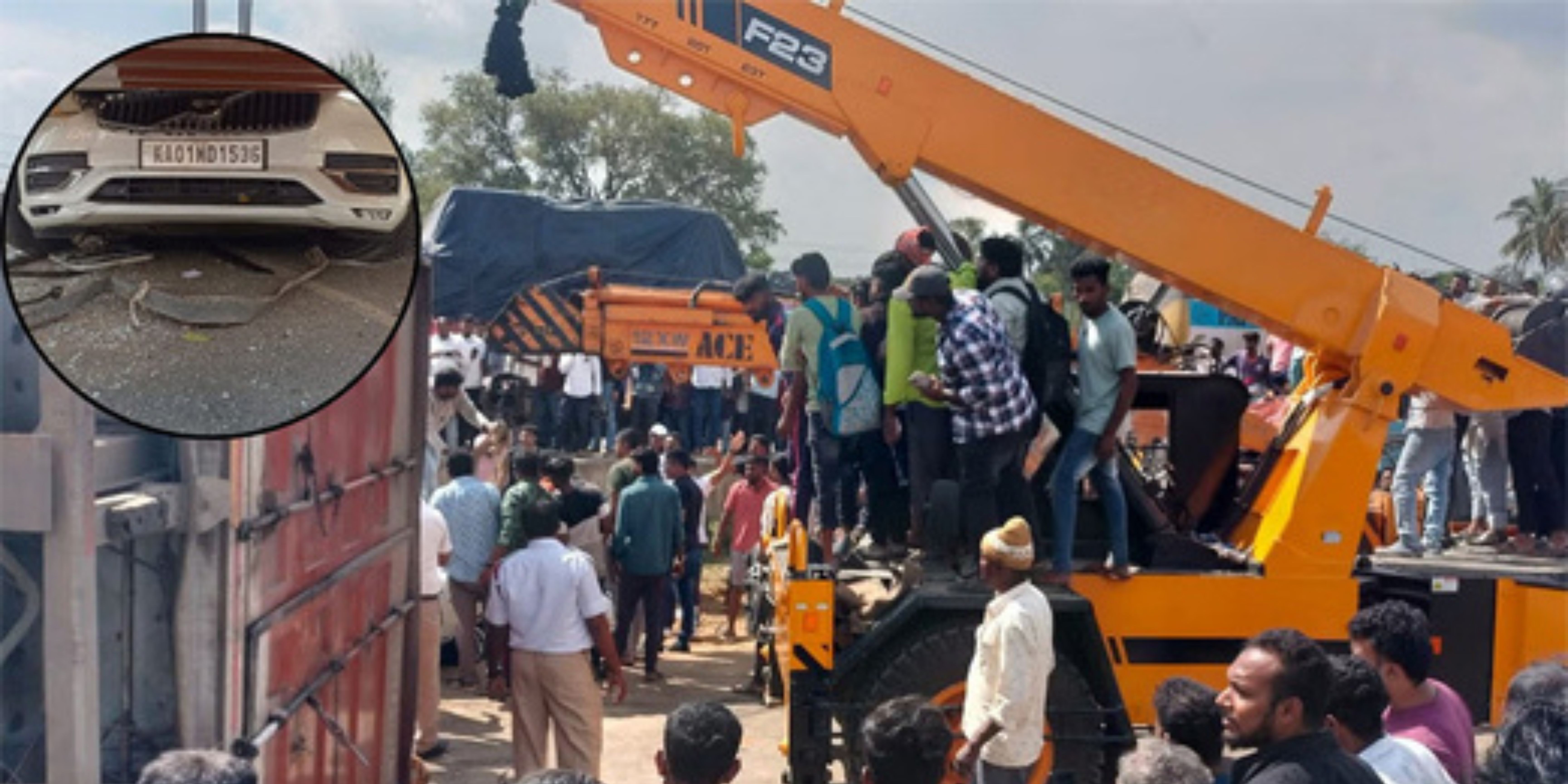


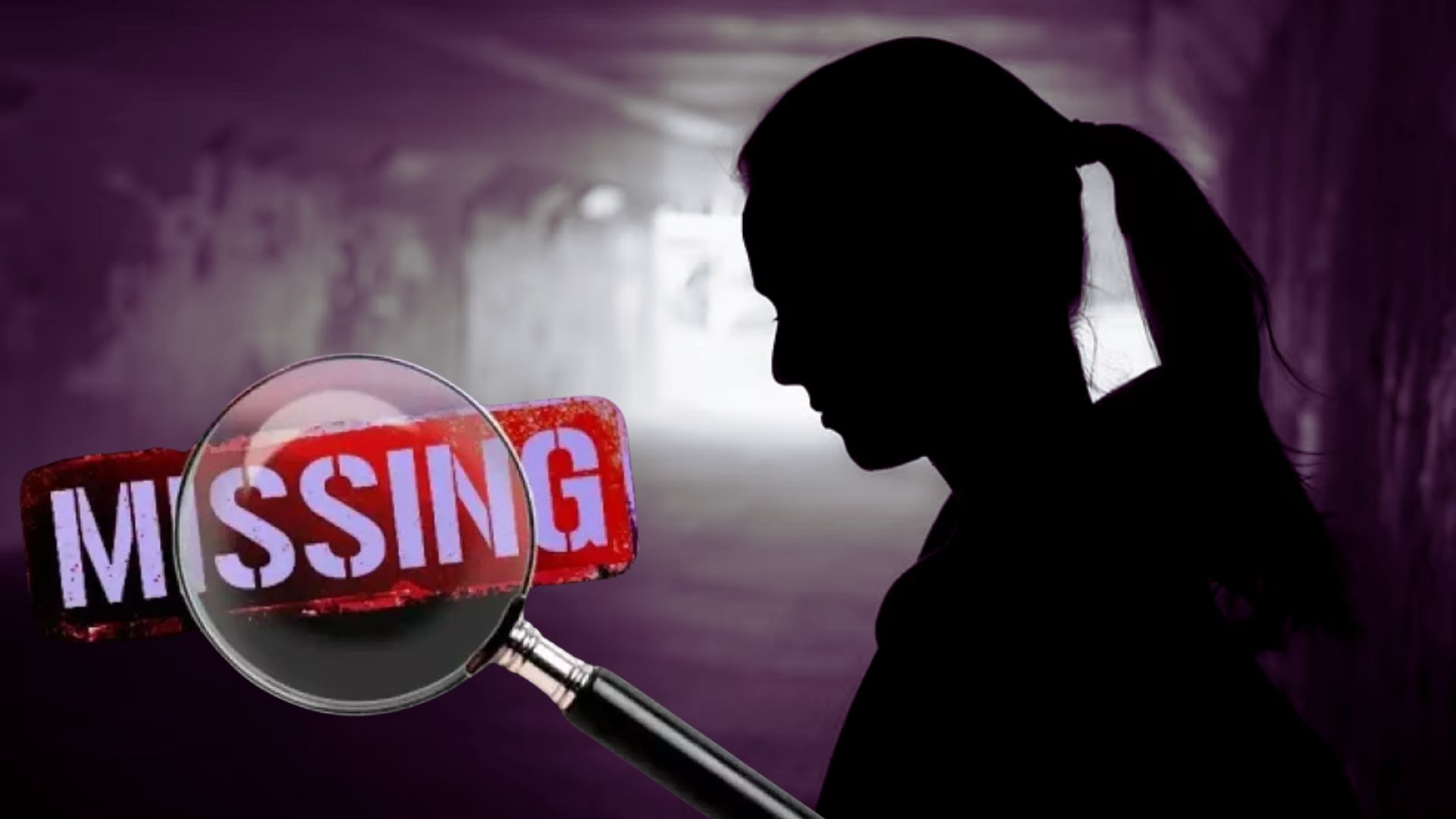

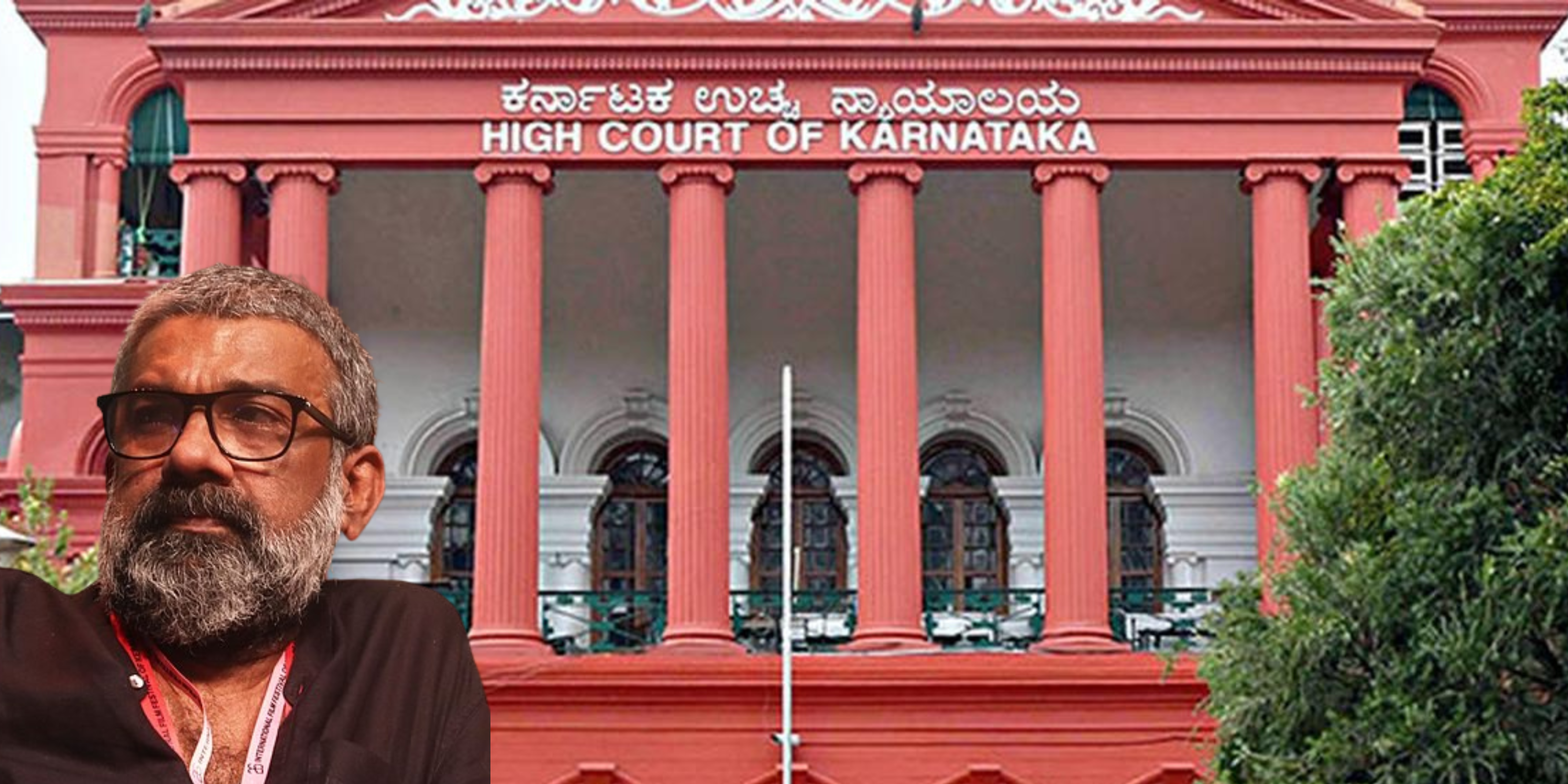

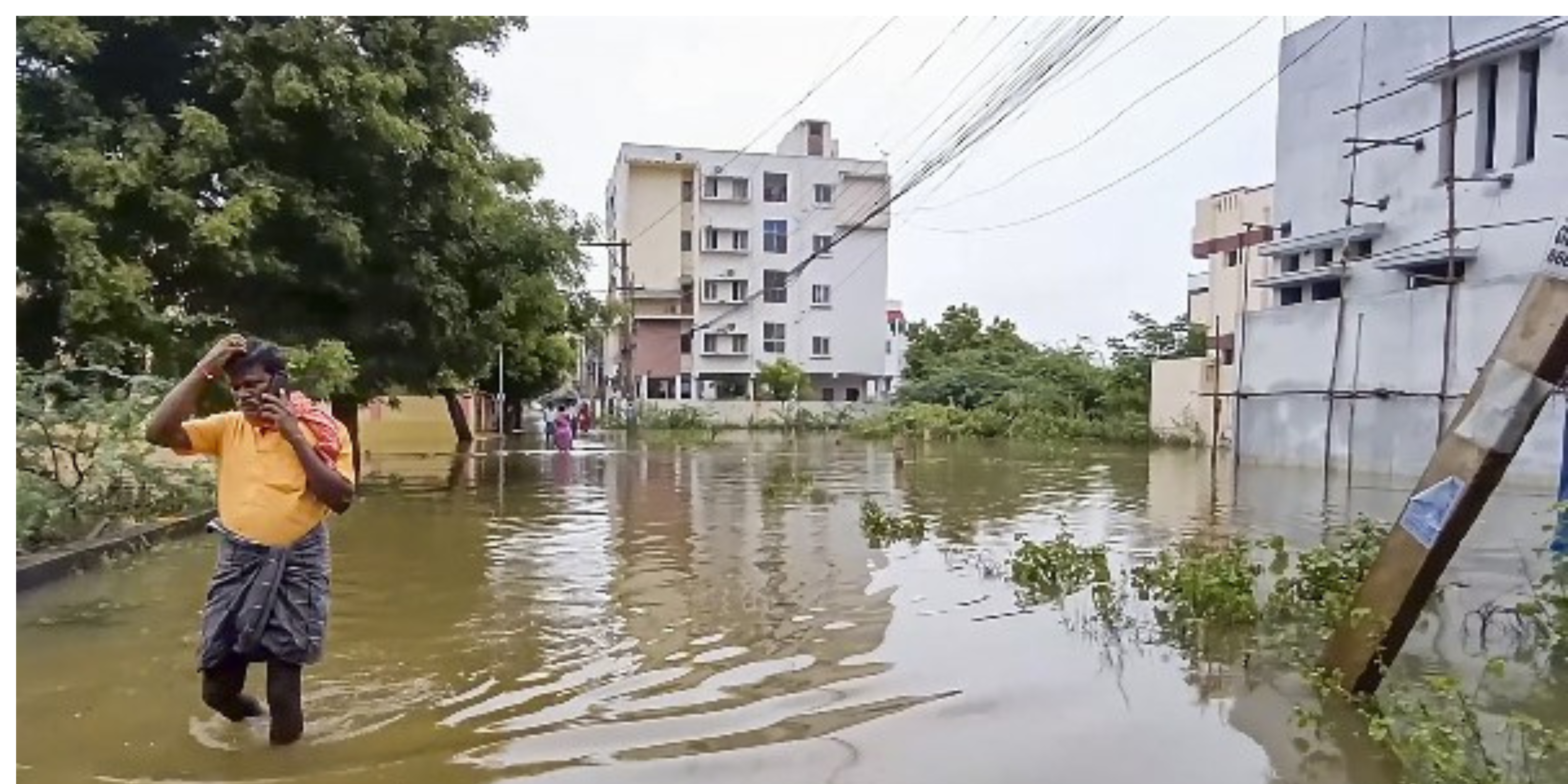
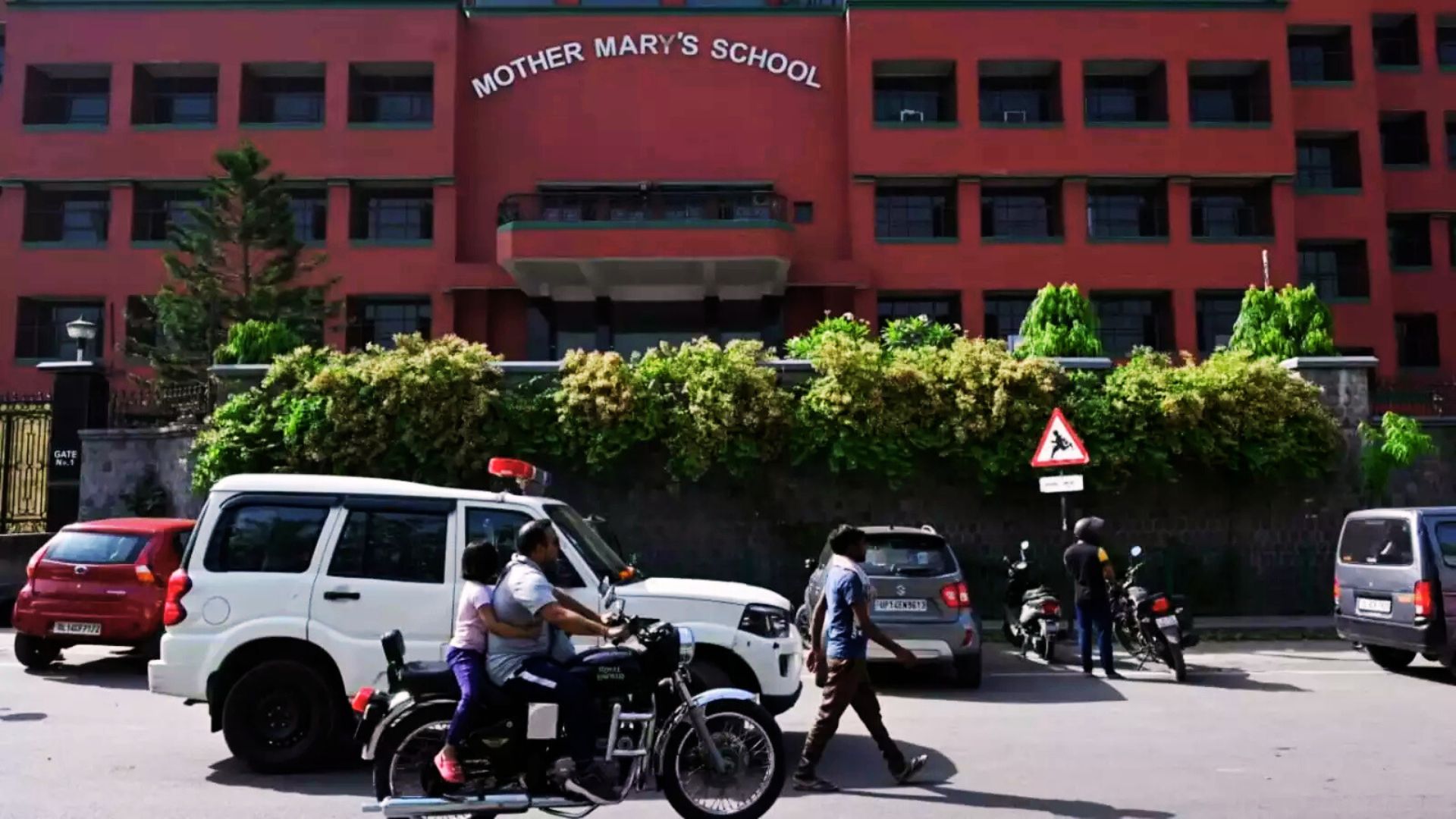
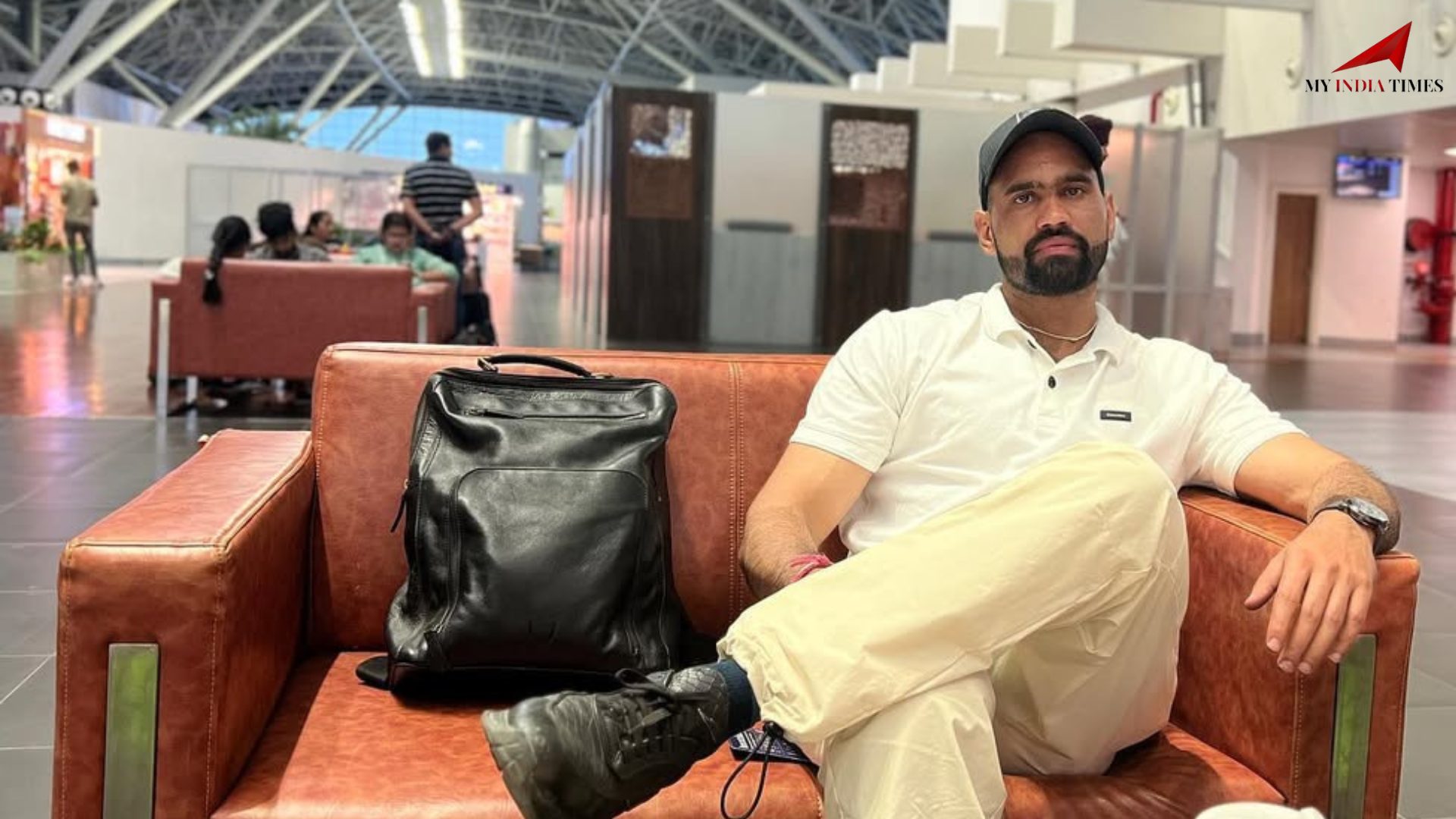
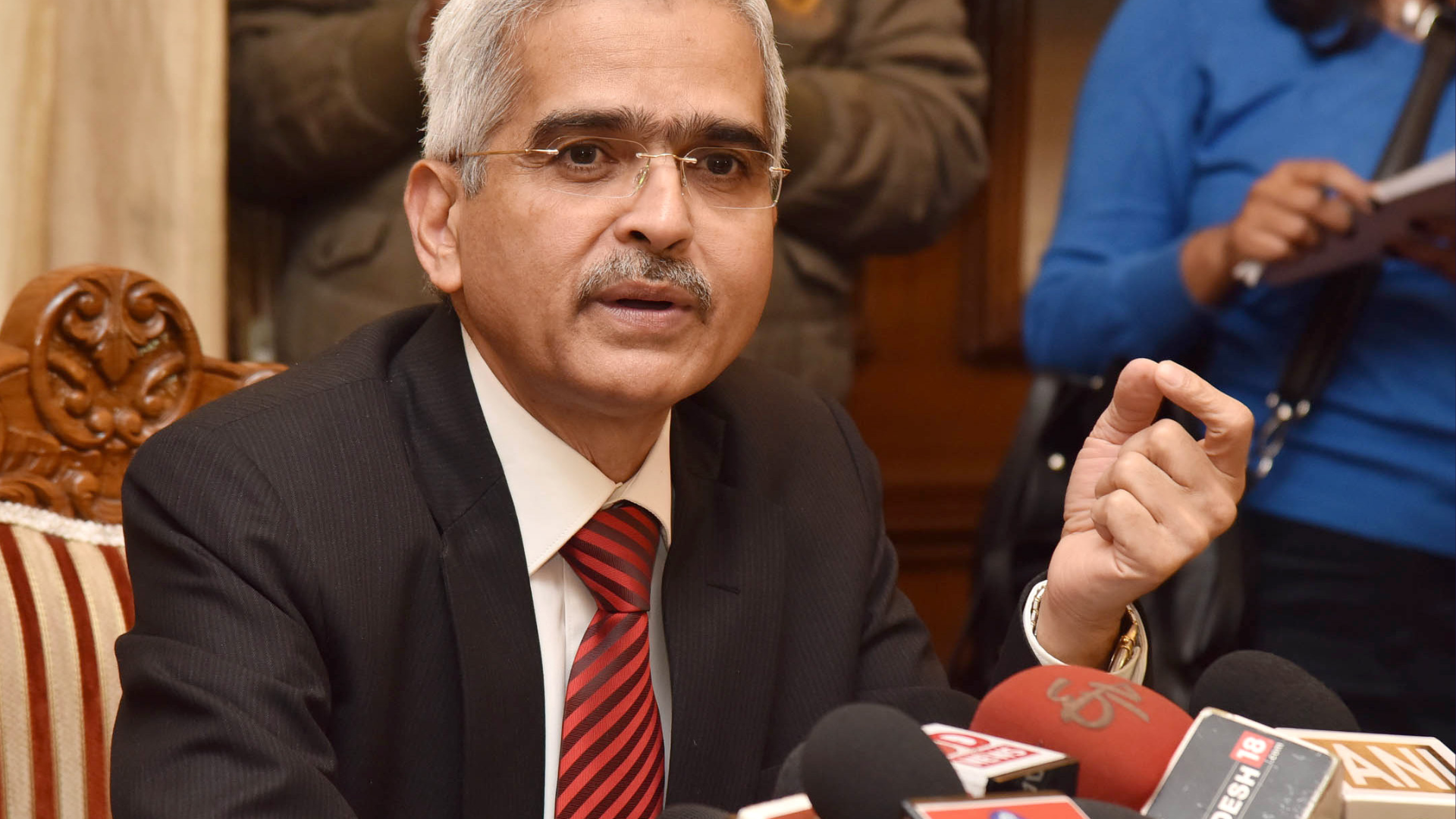
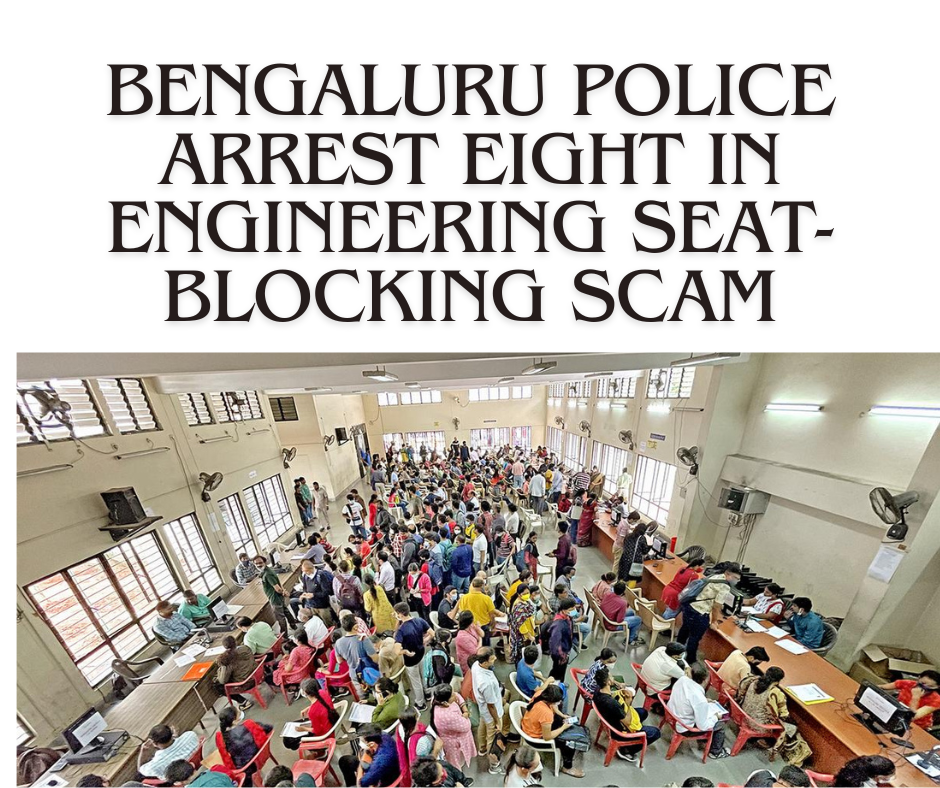


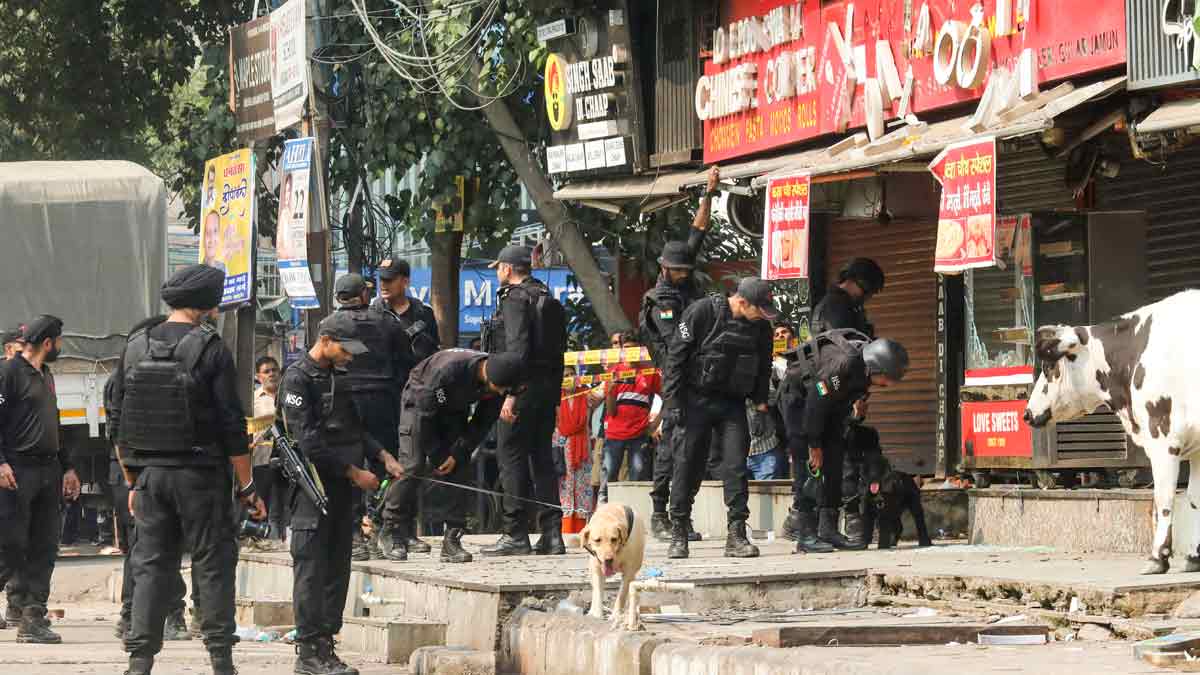
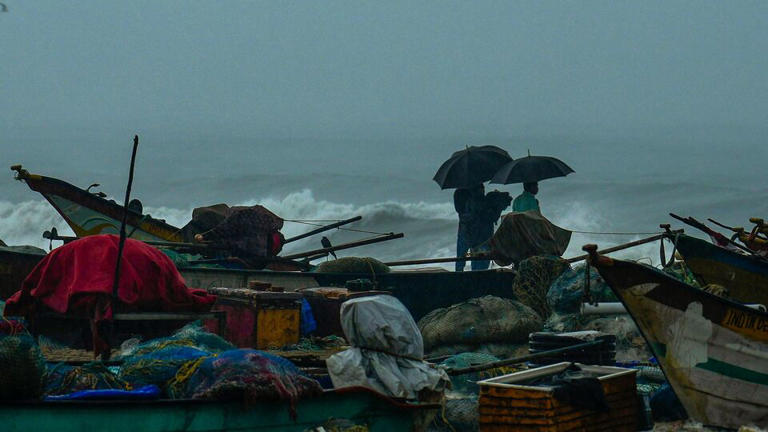


.png)
 (1).png)
